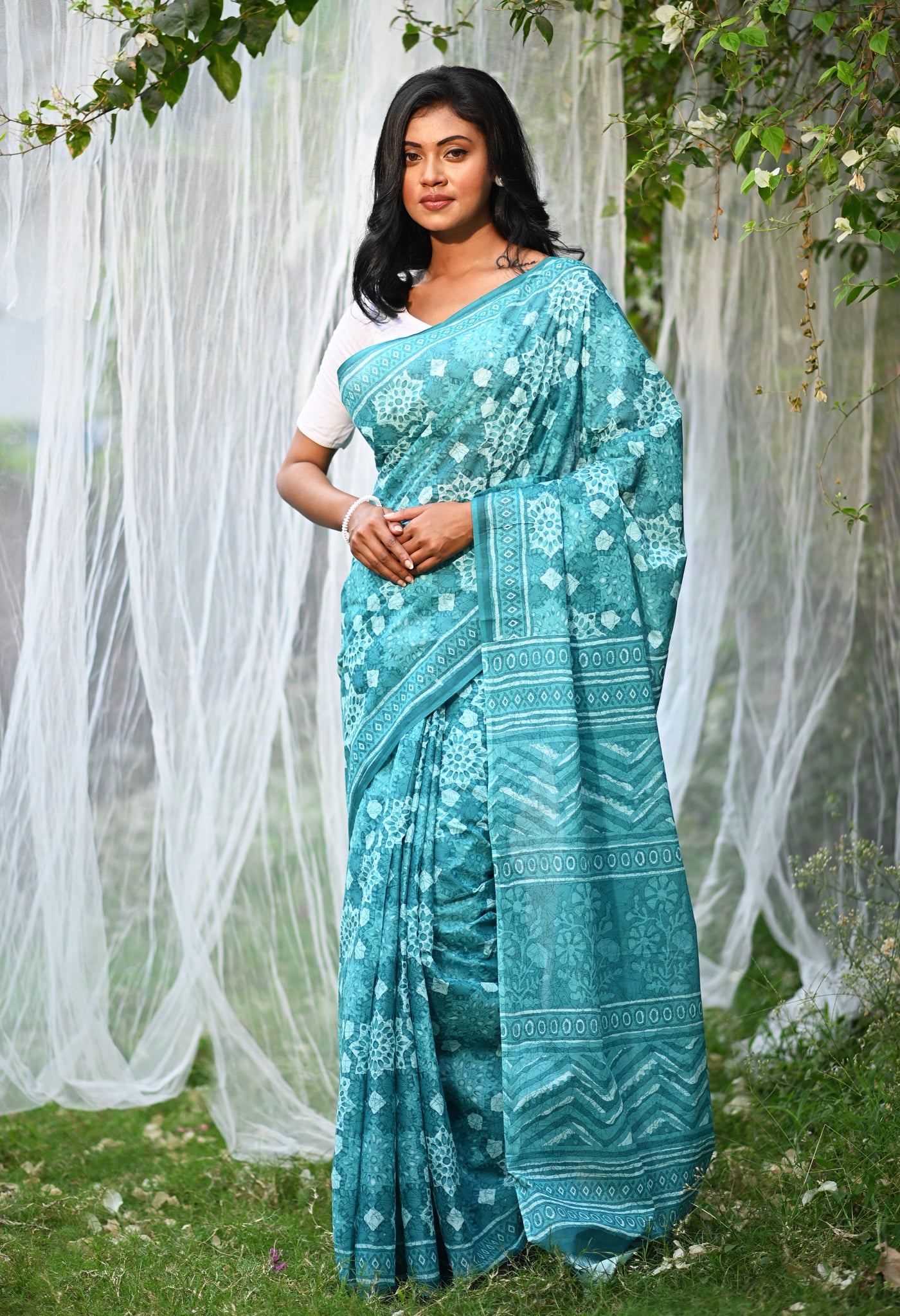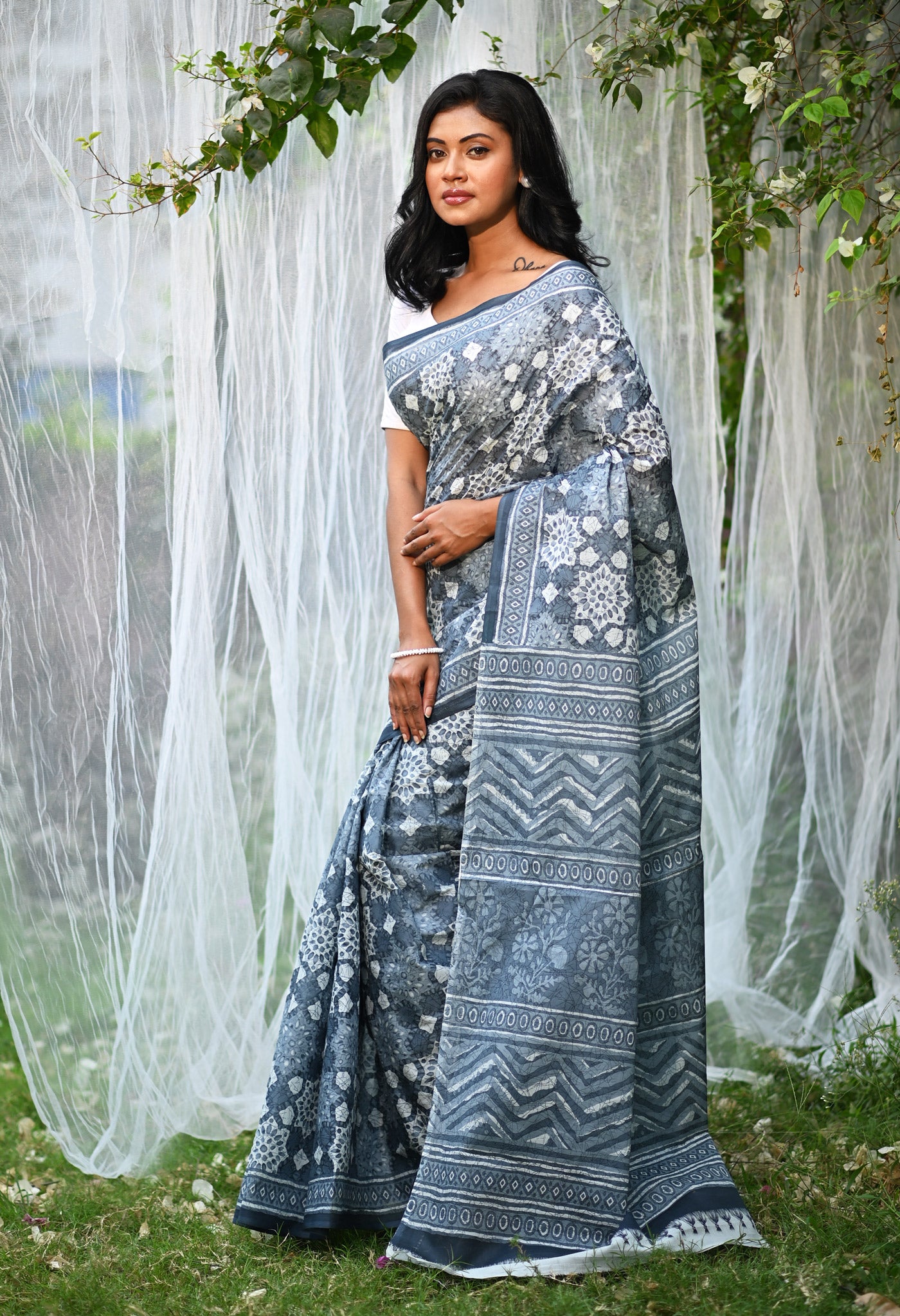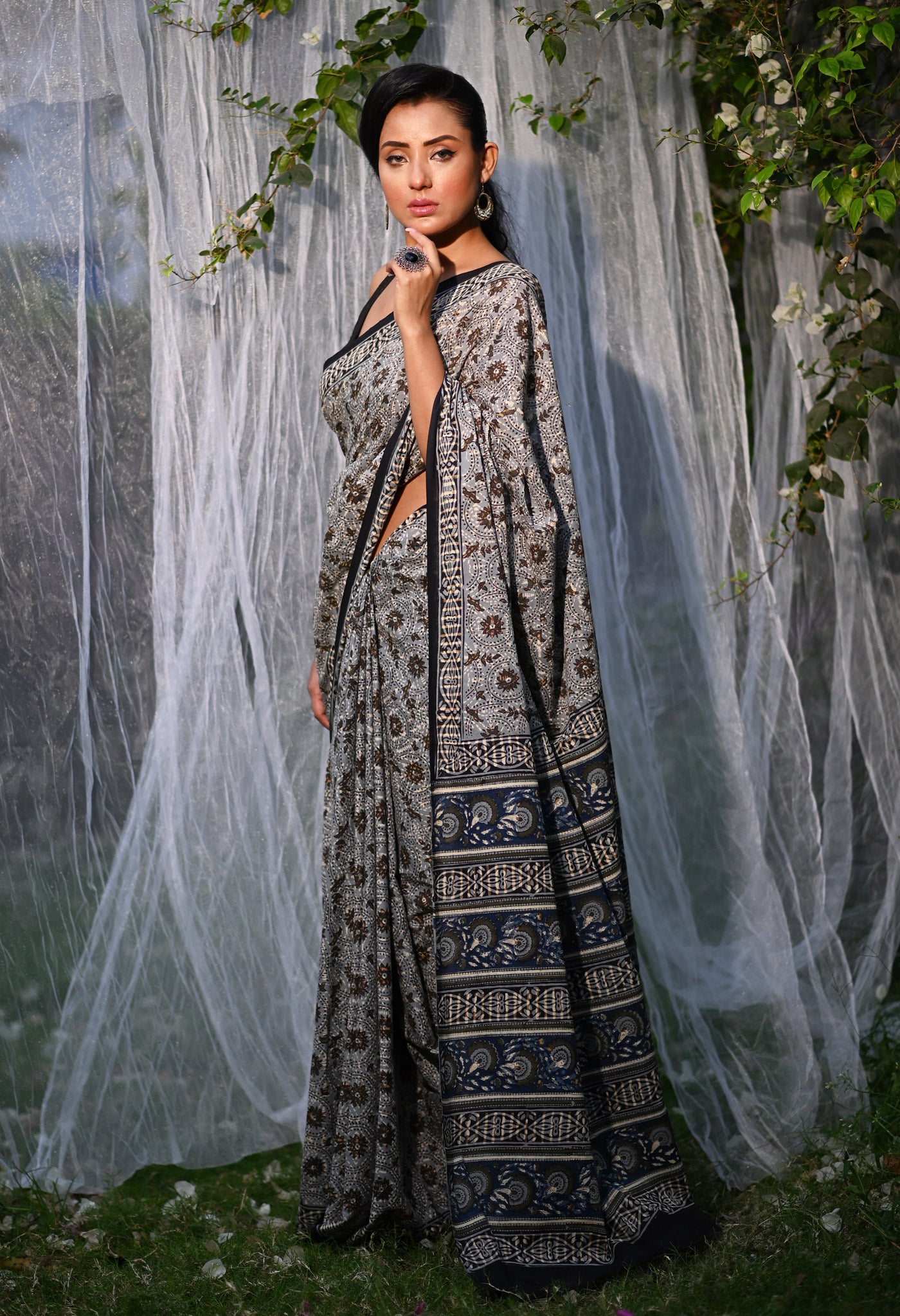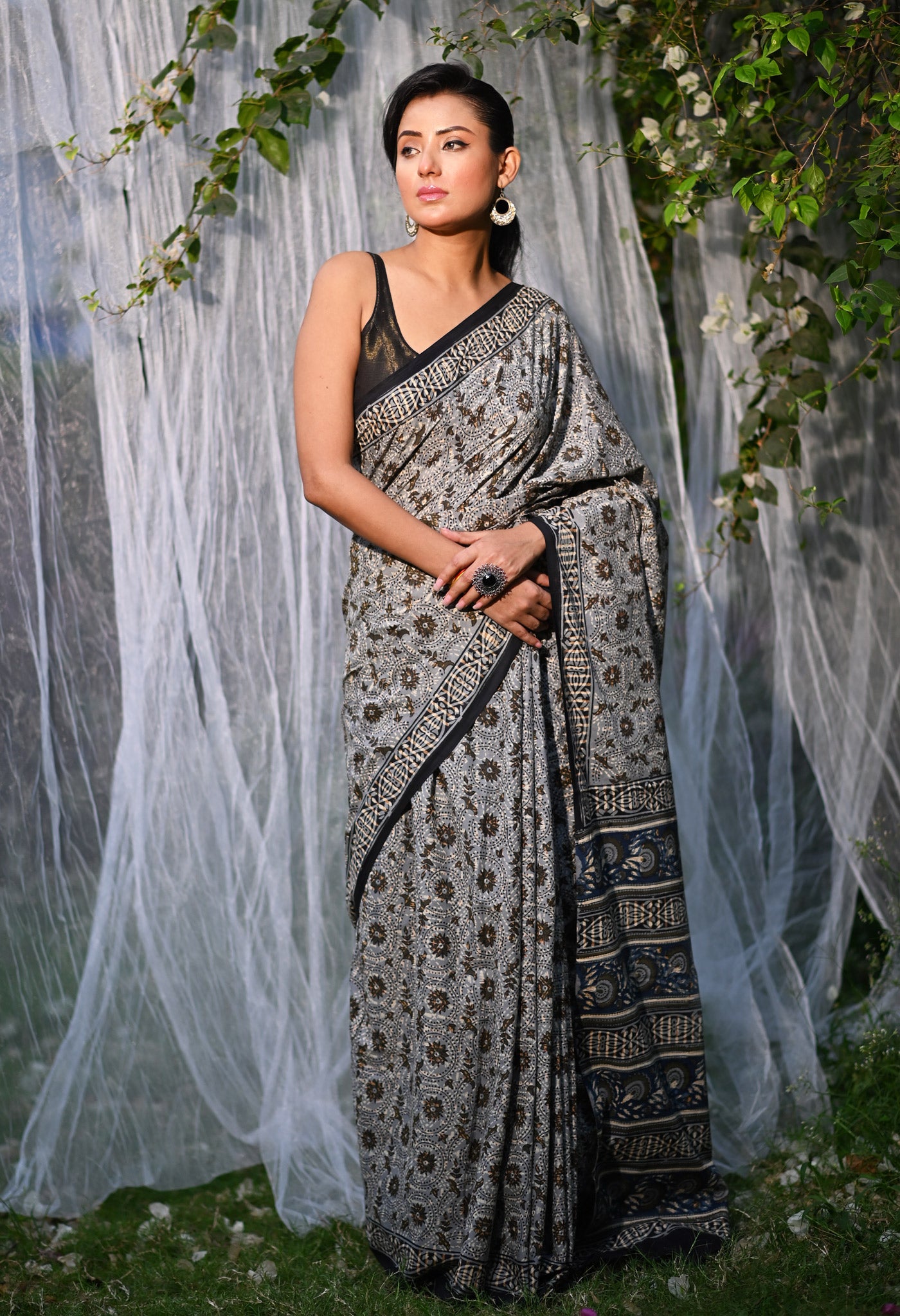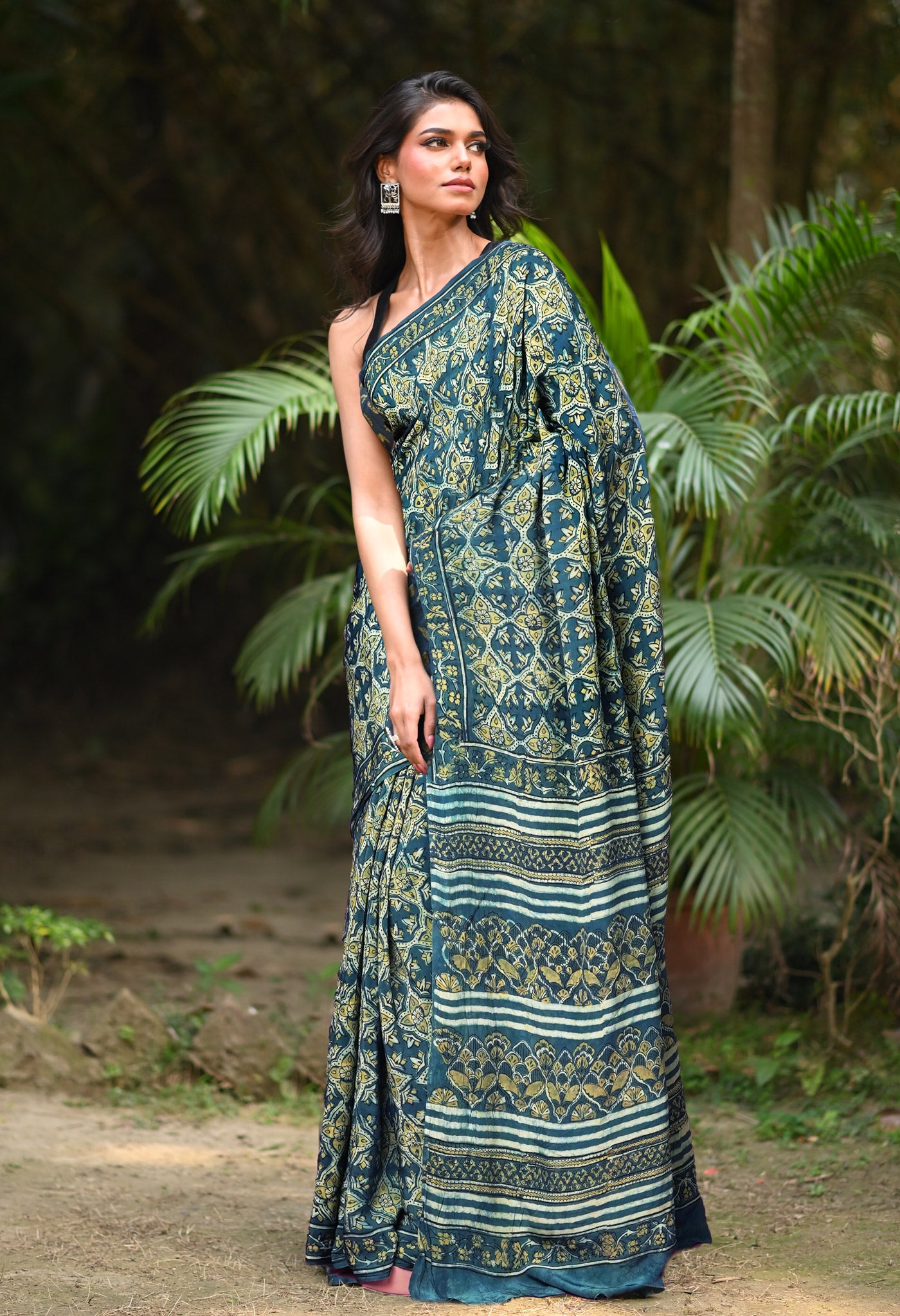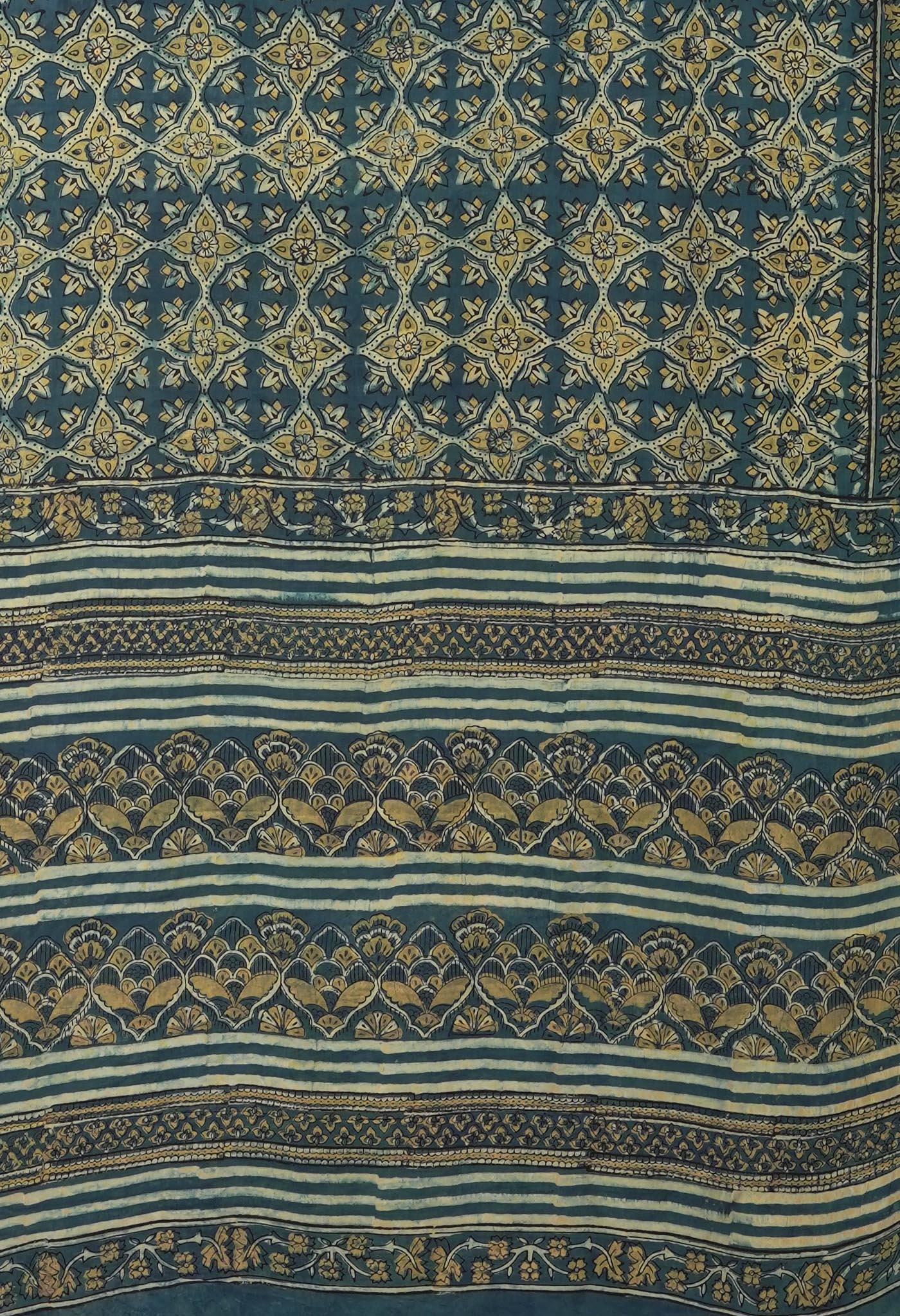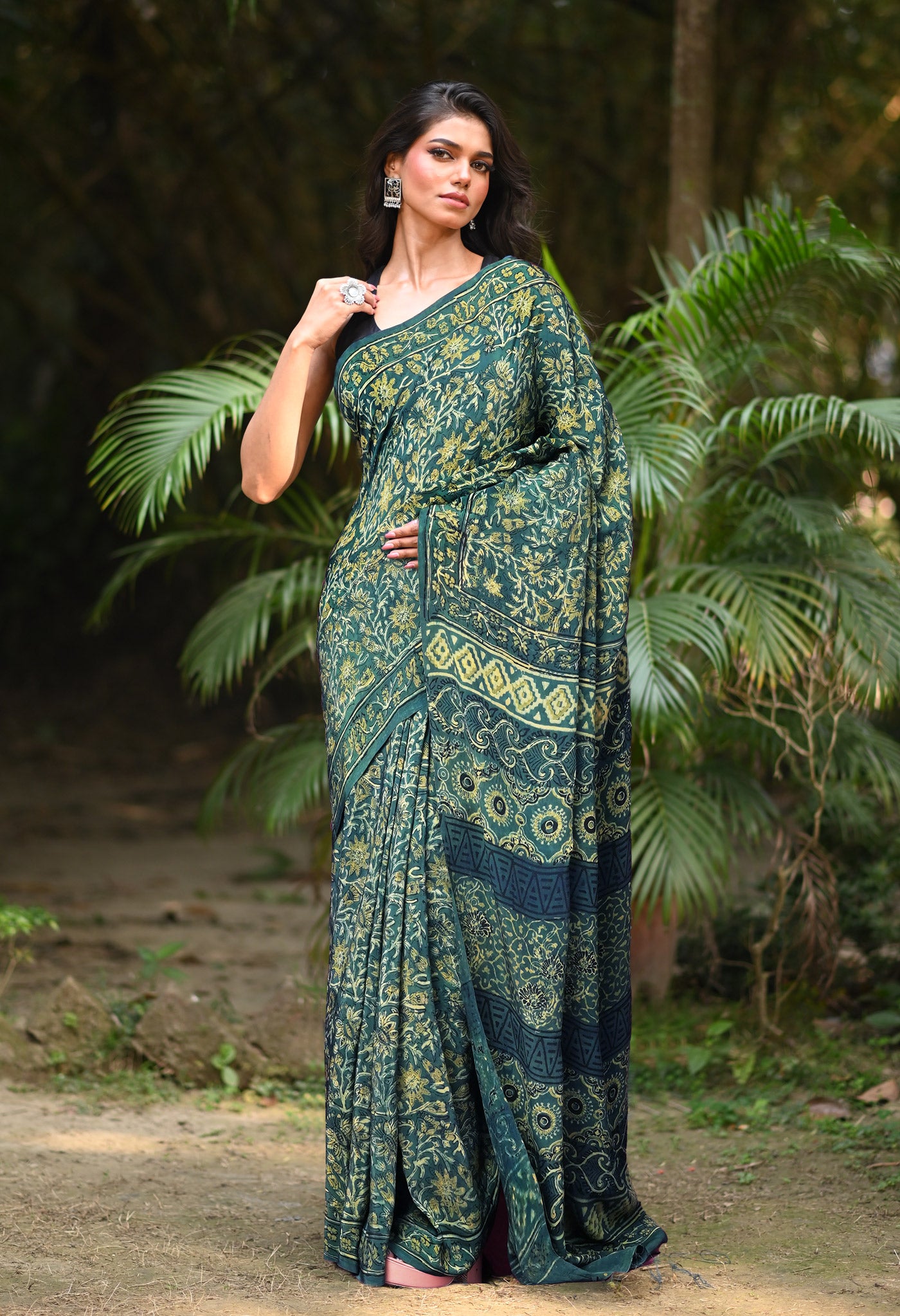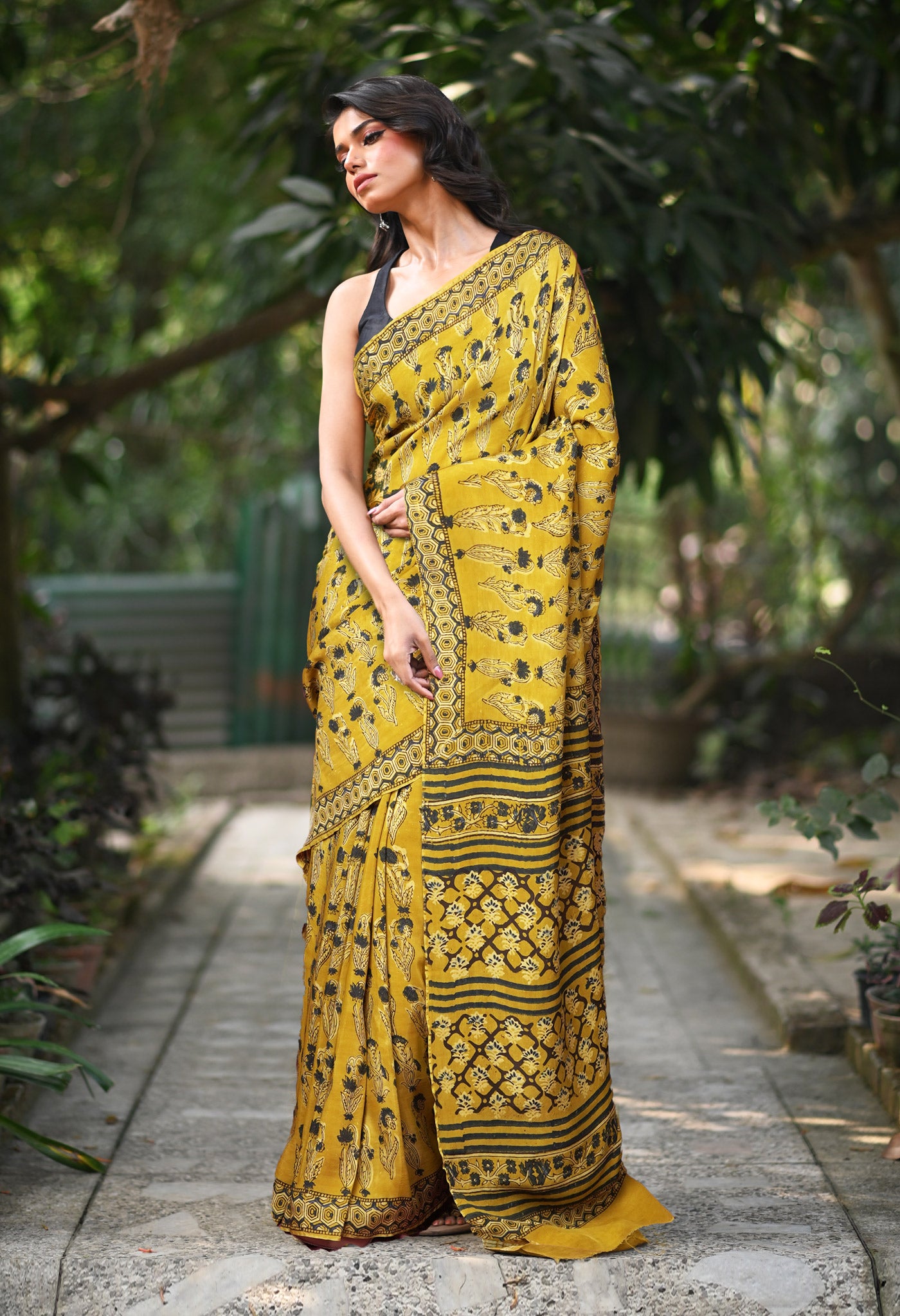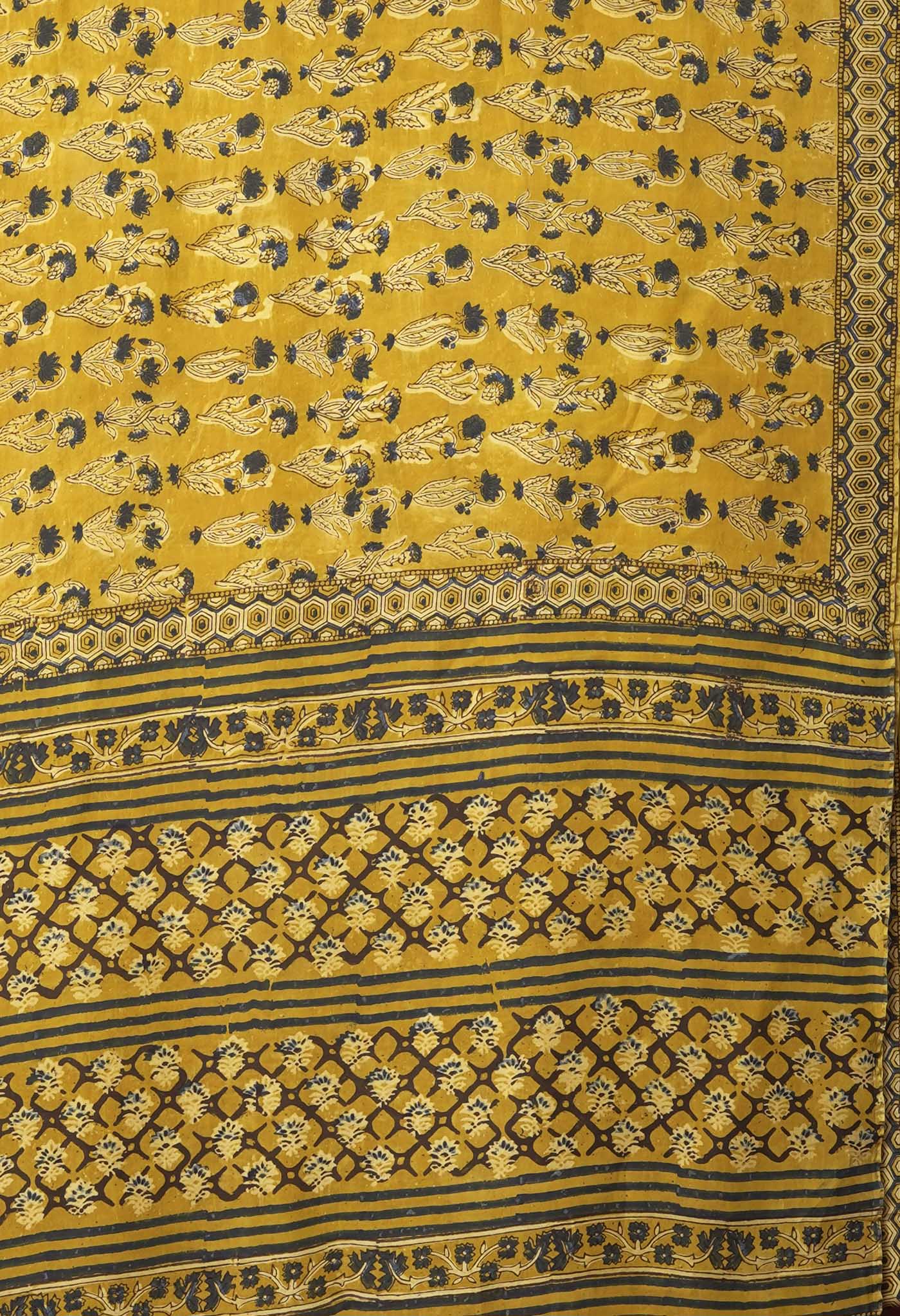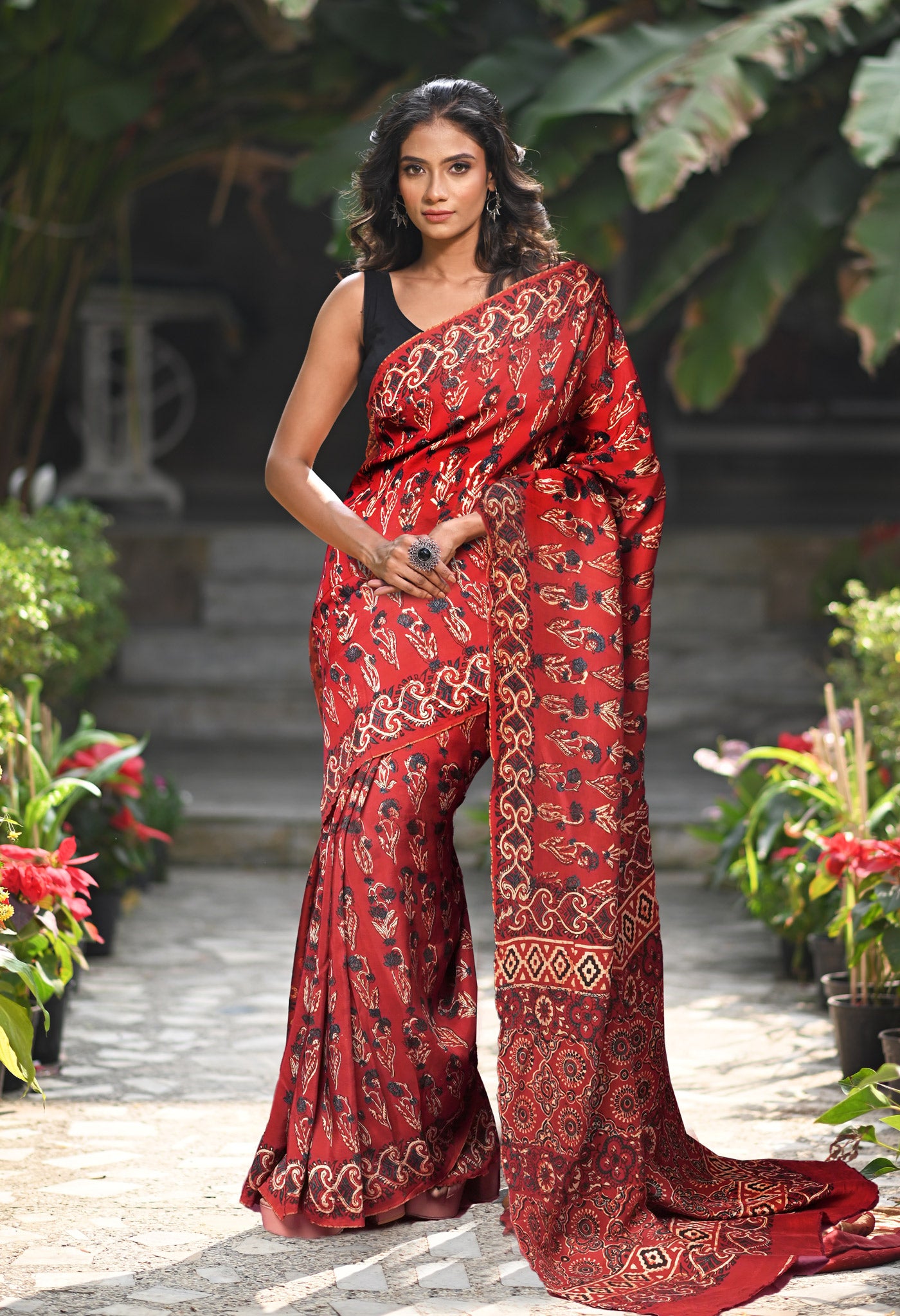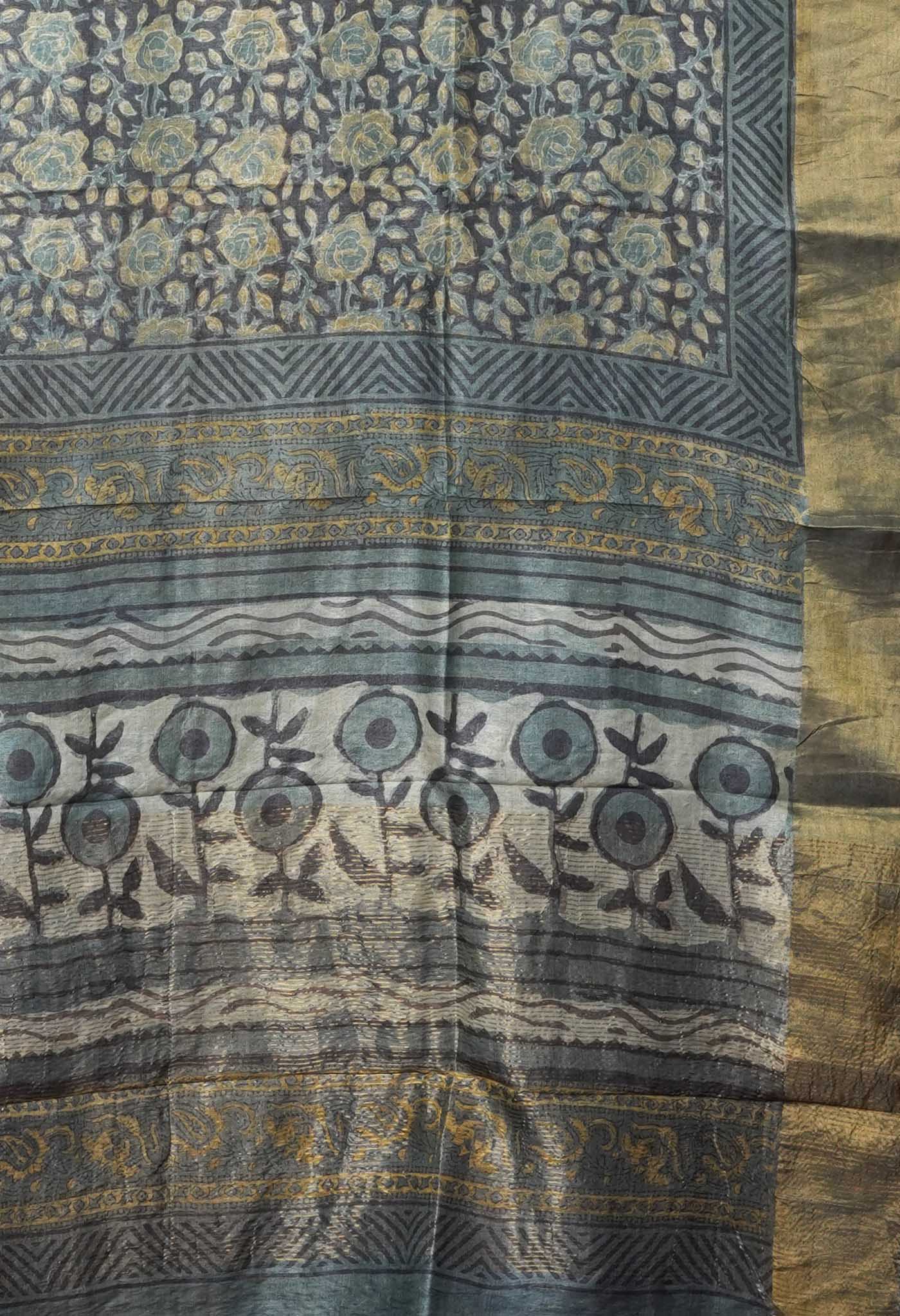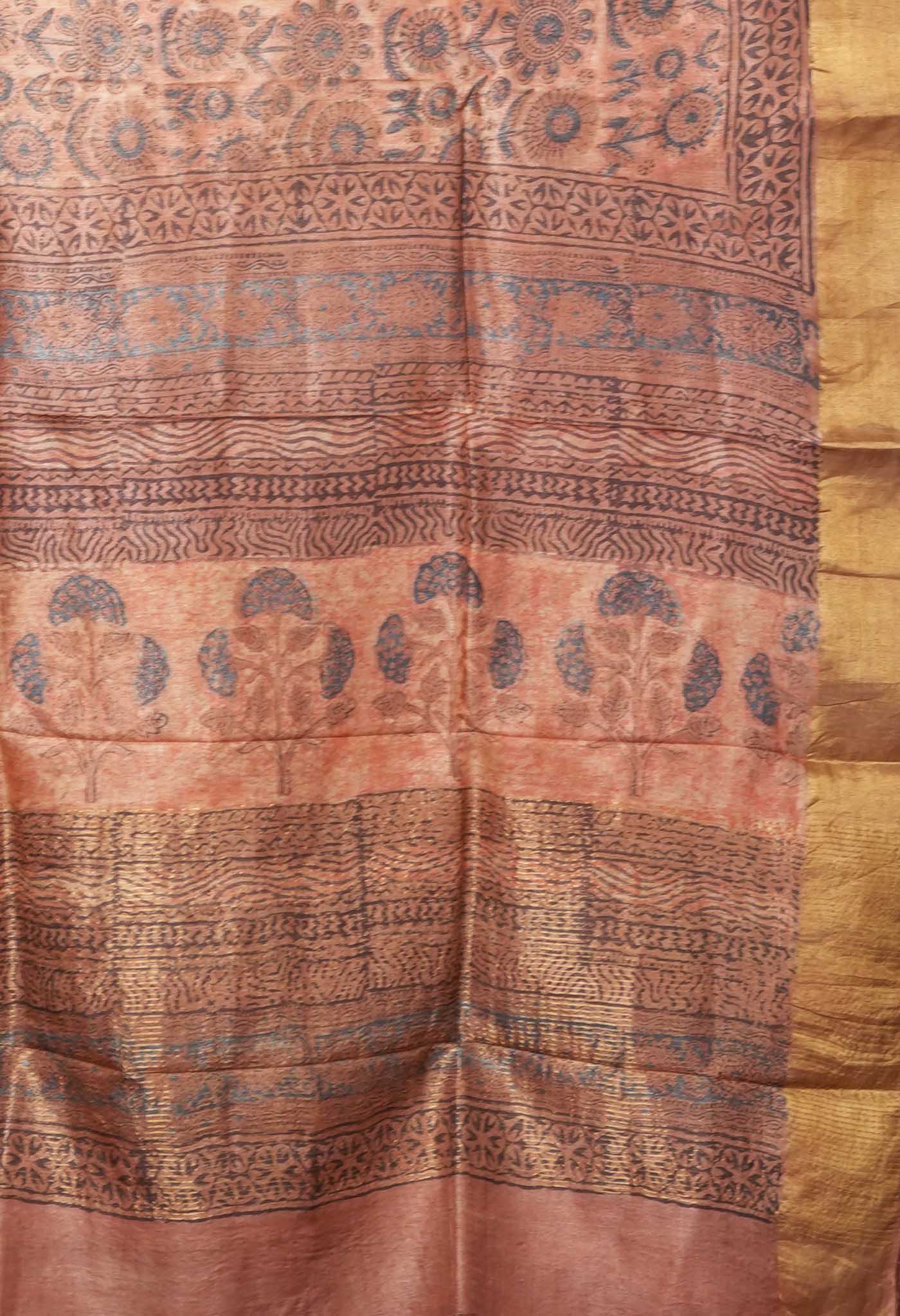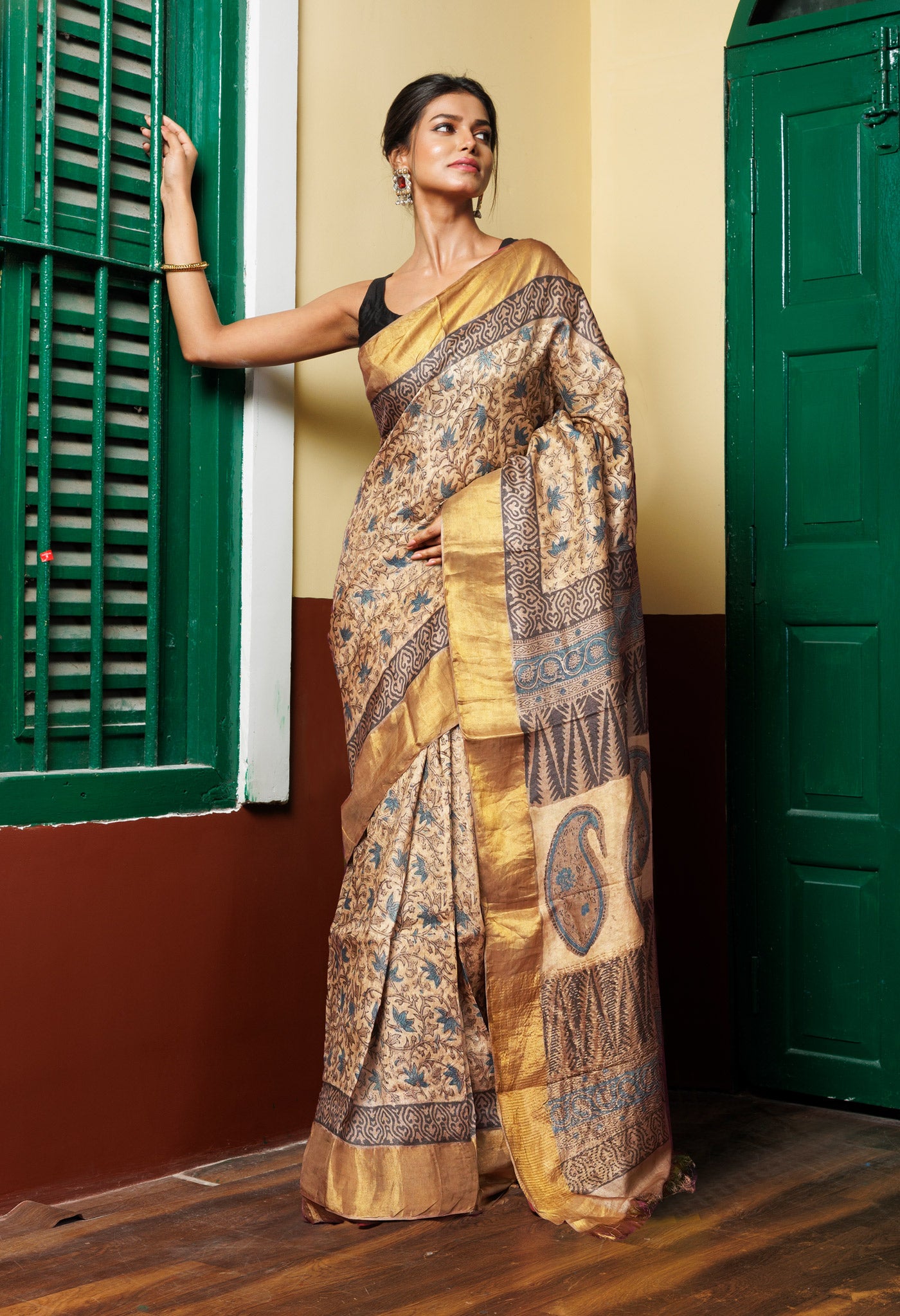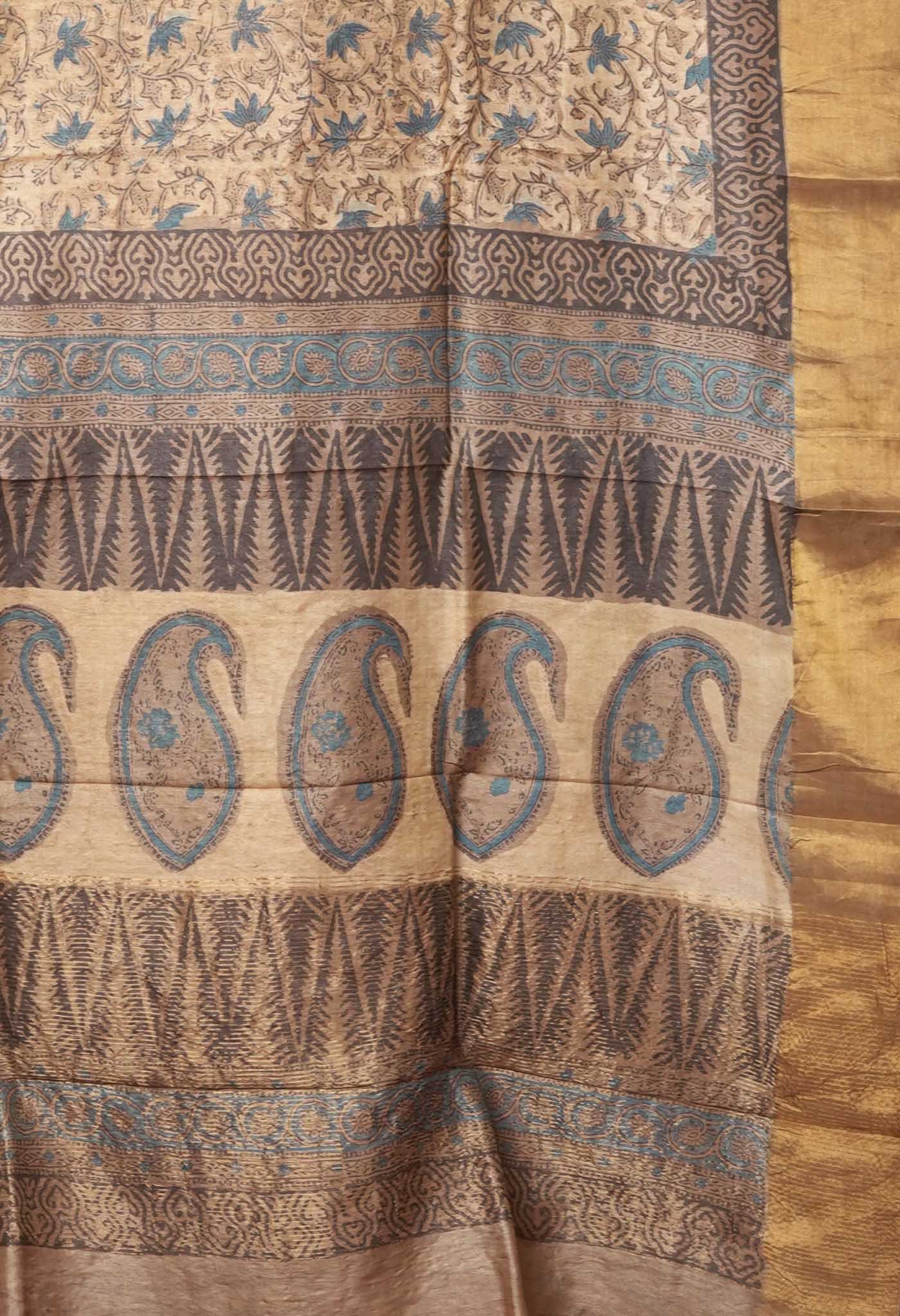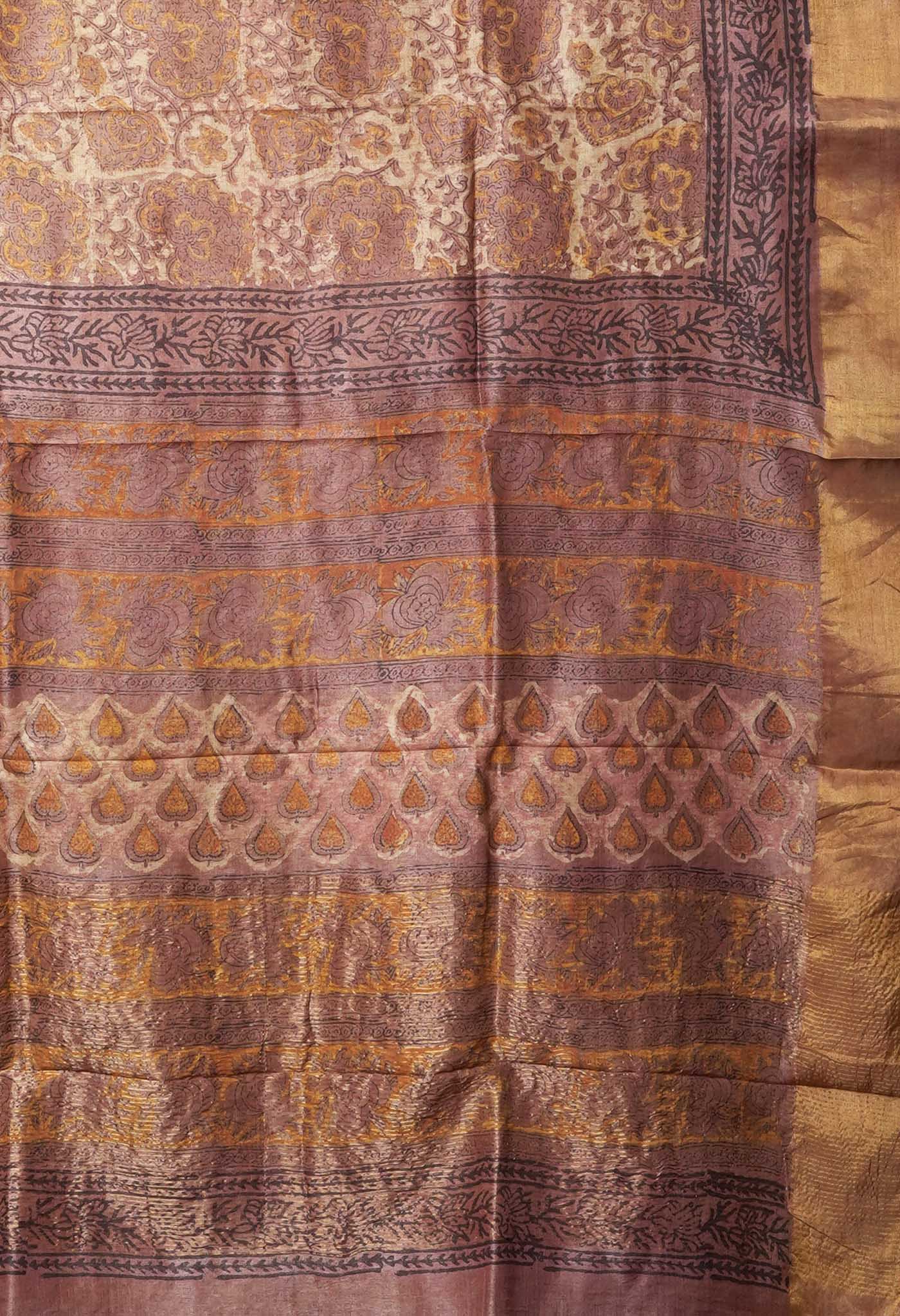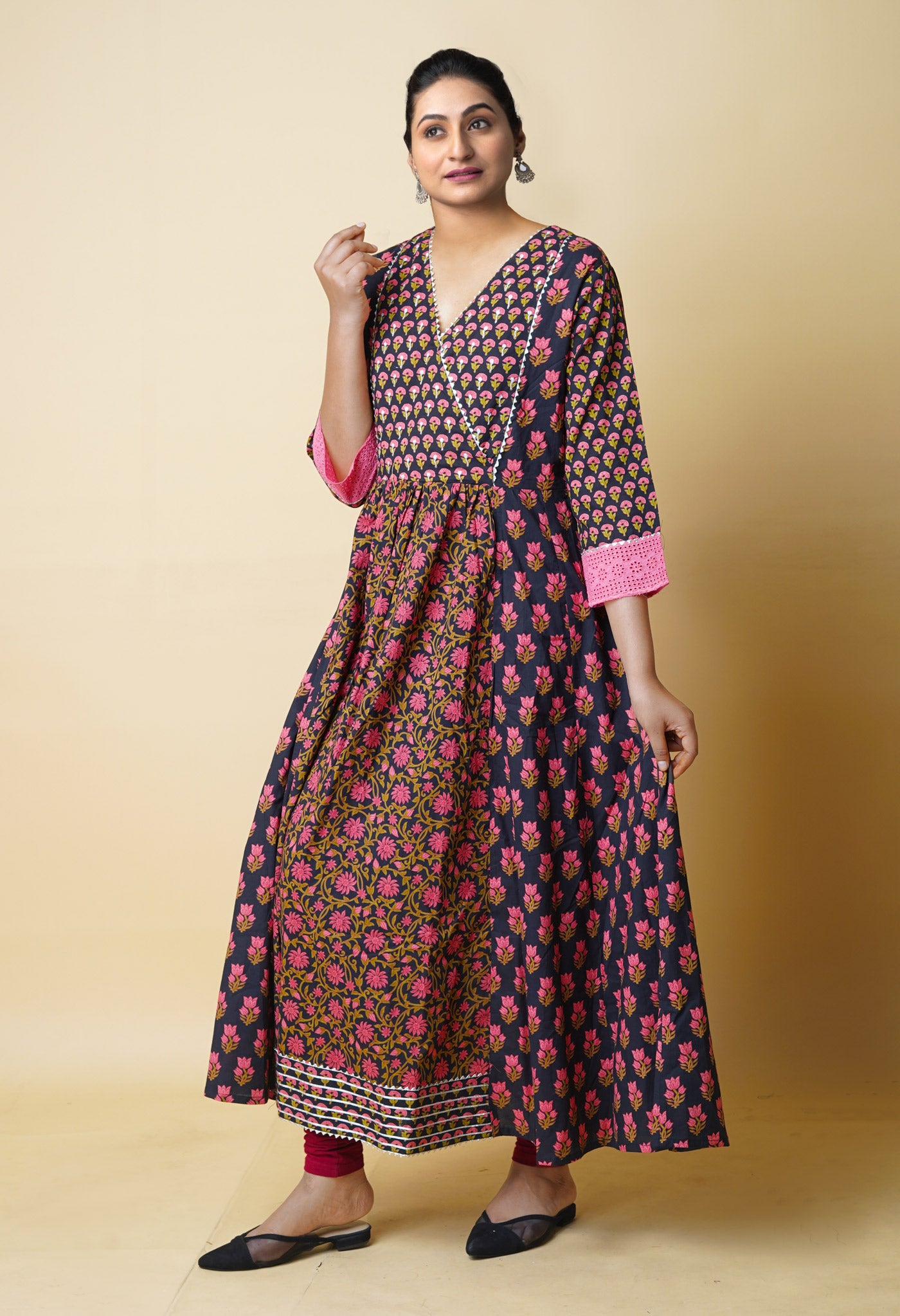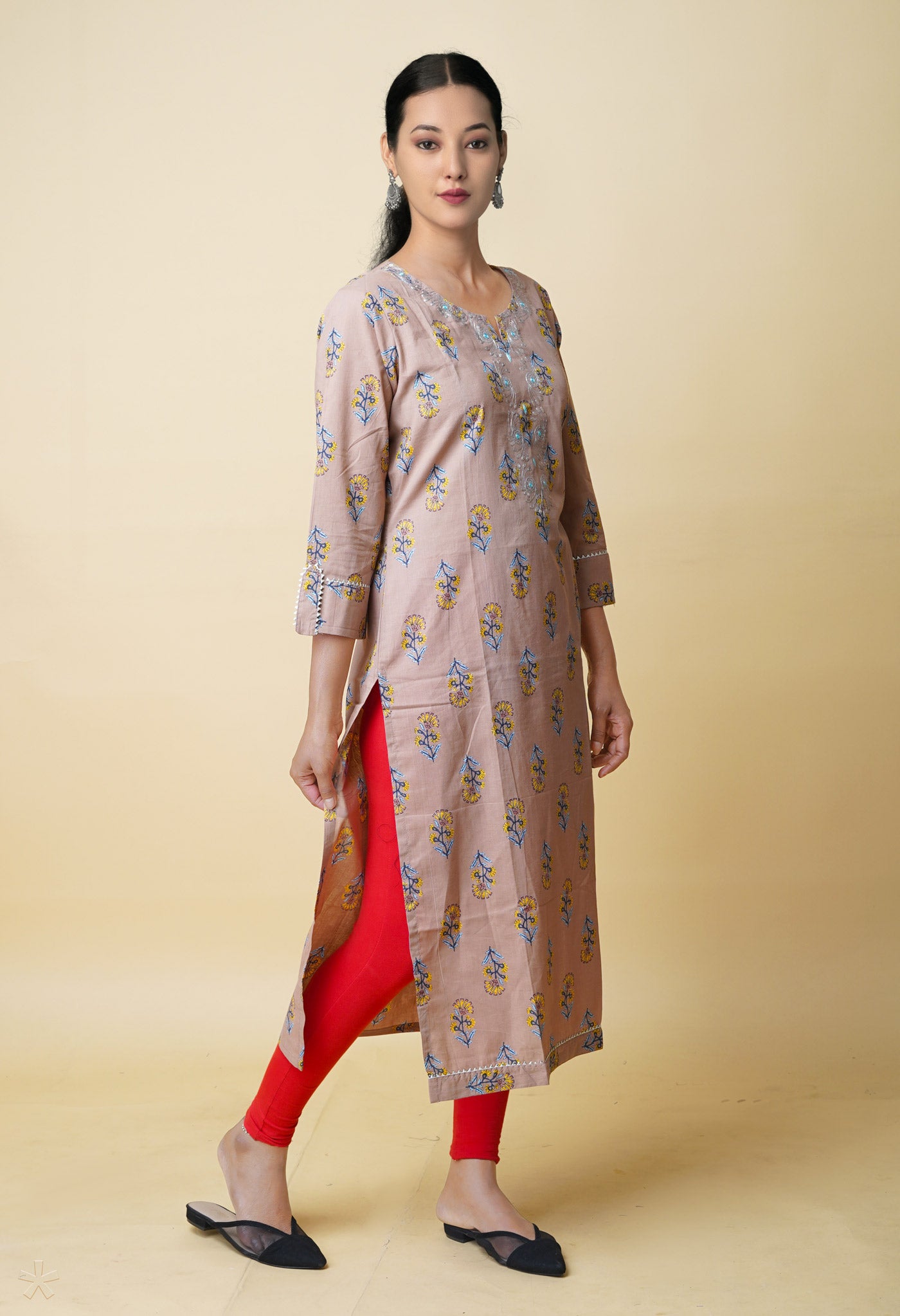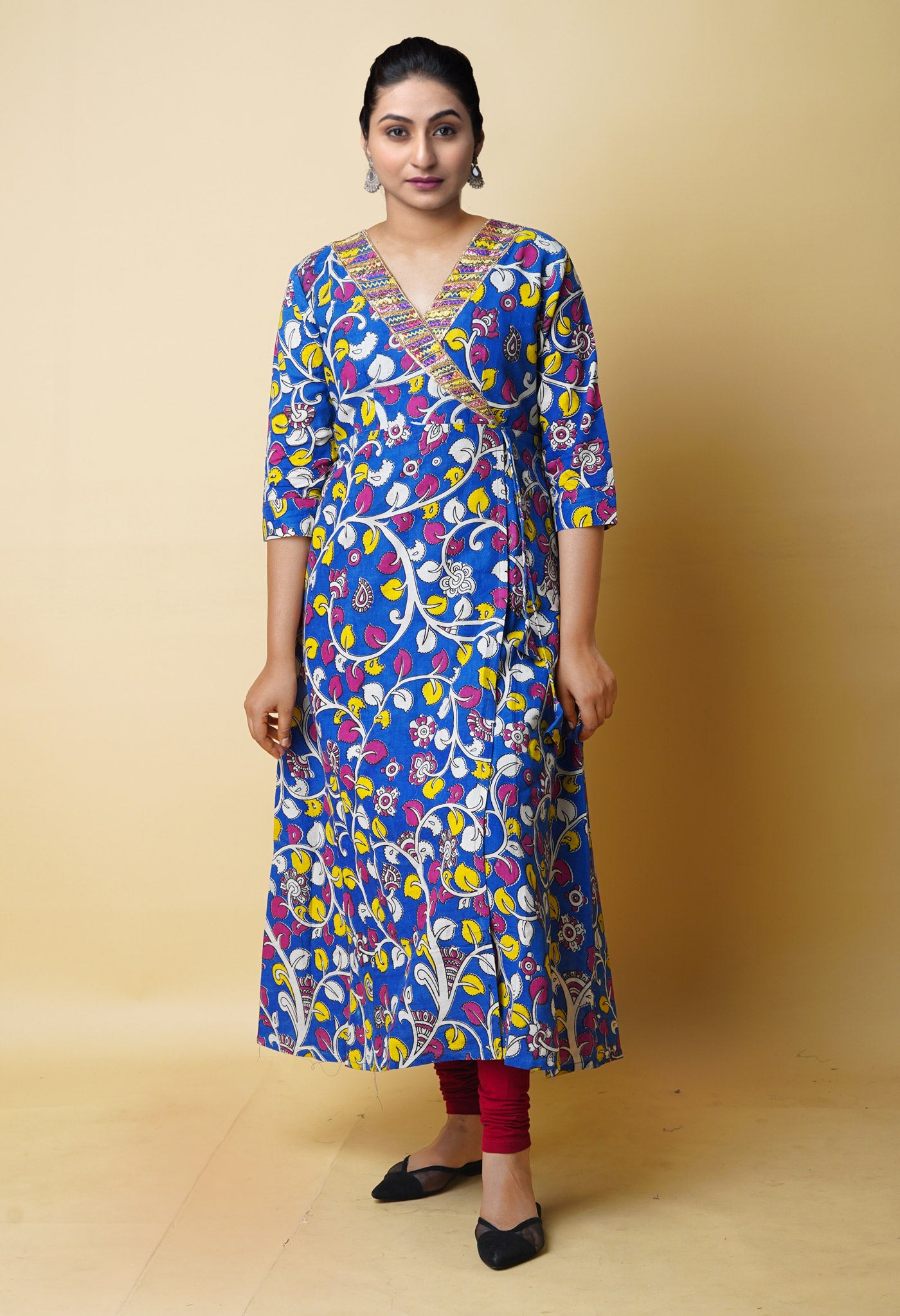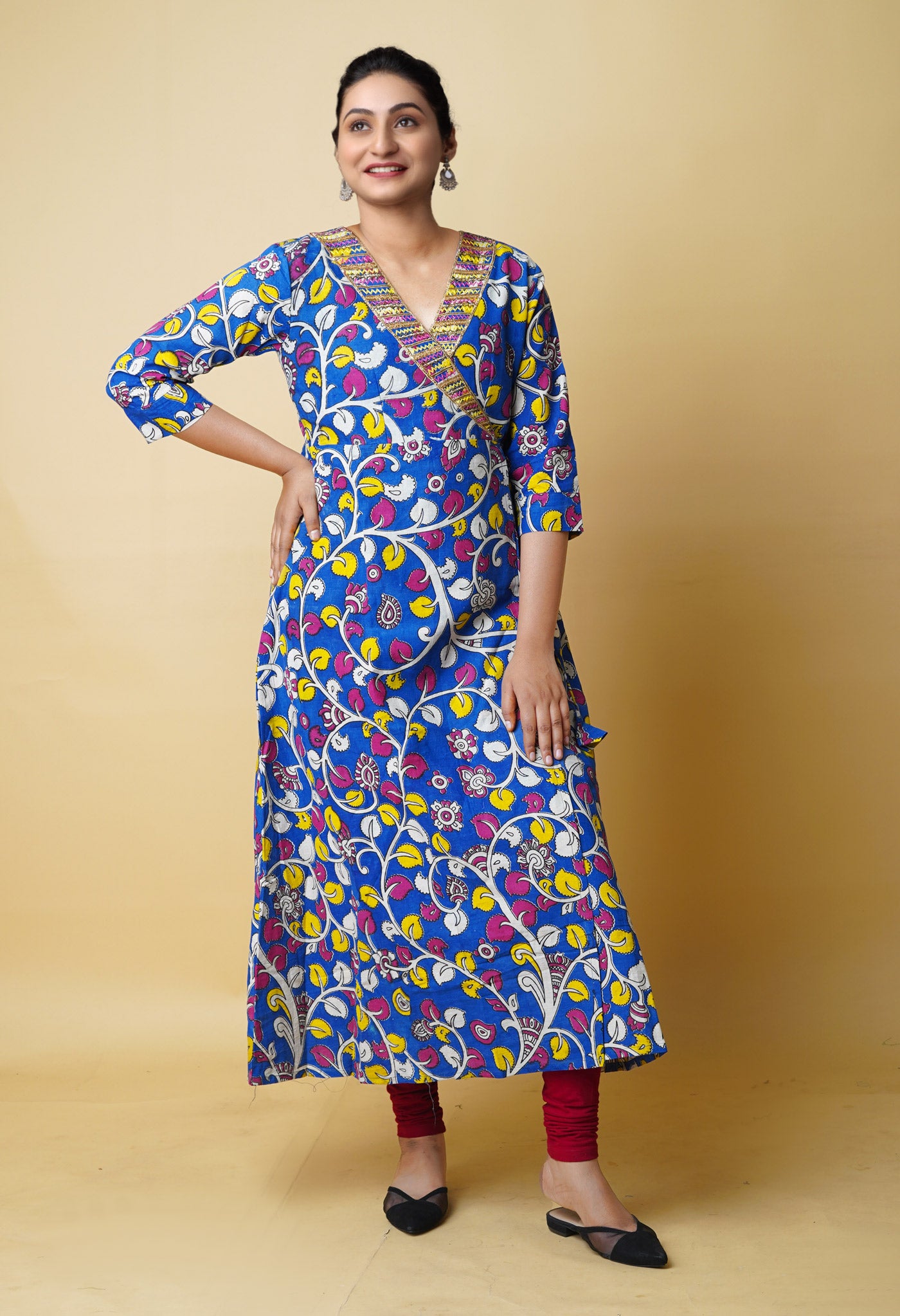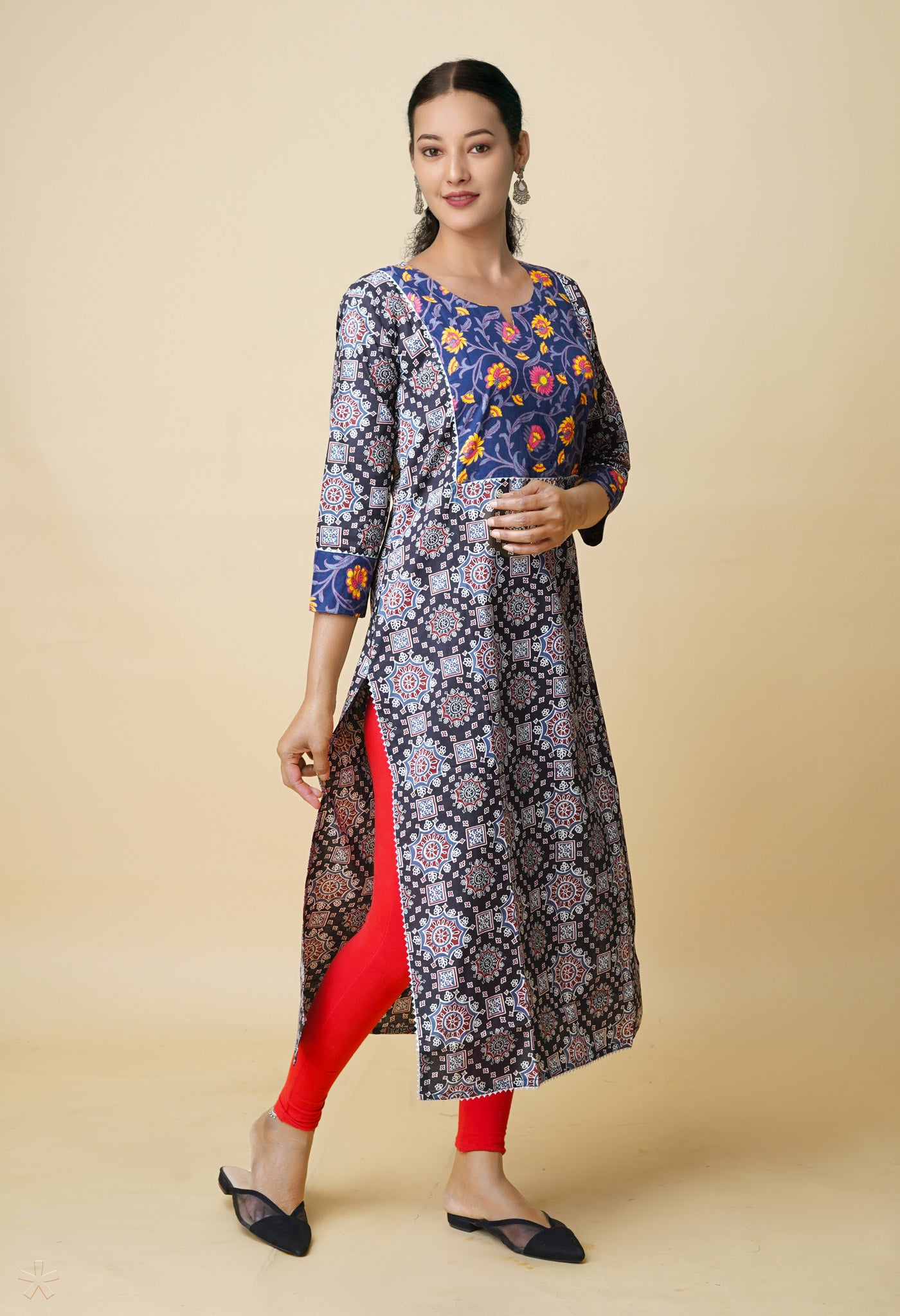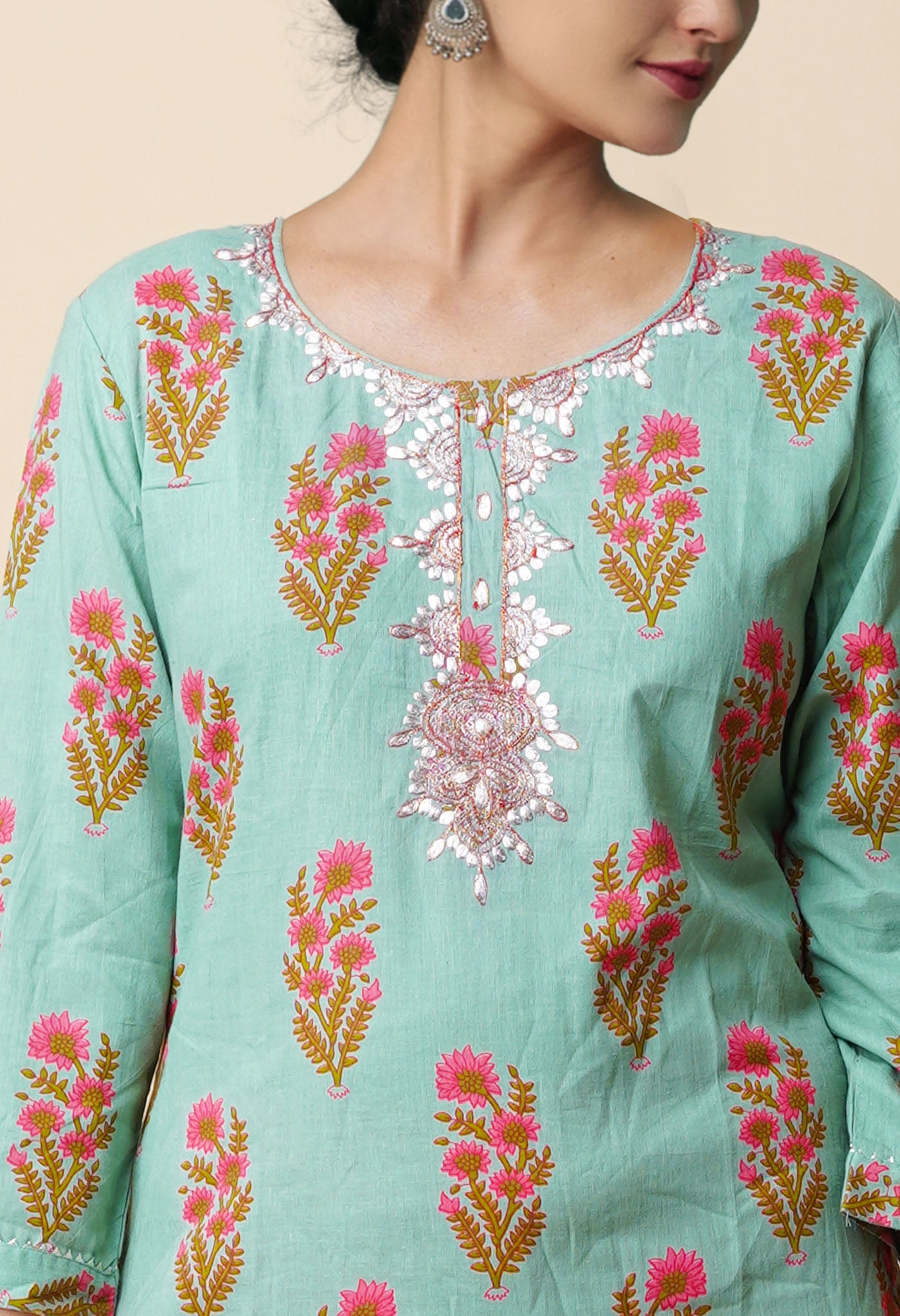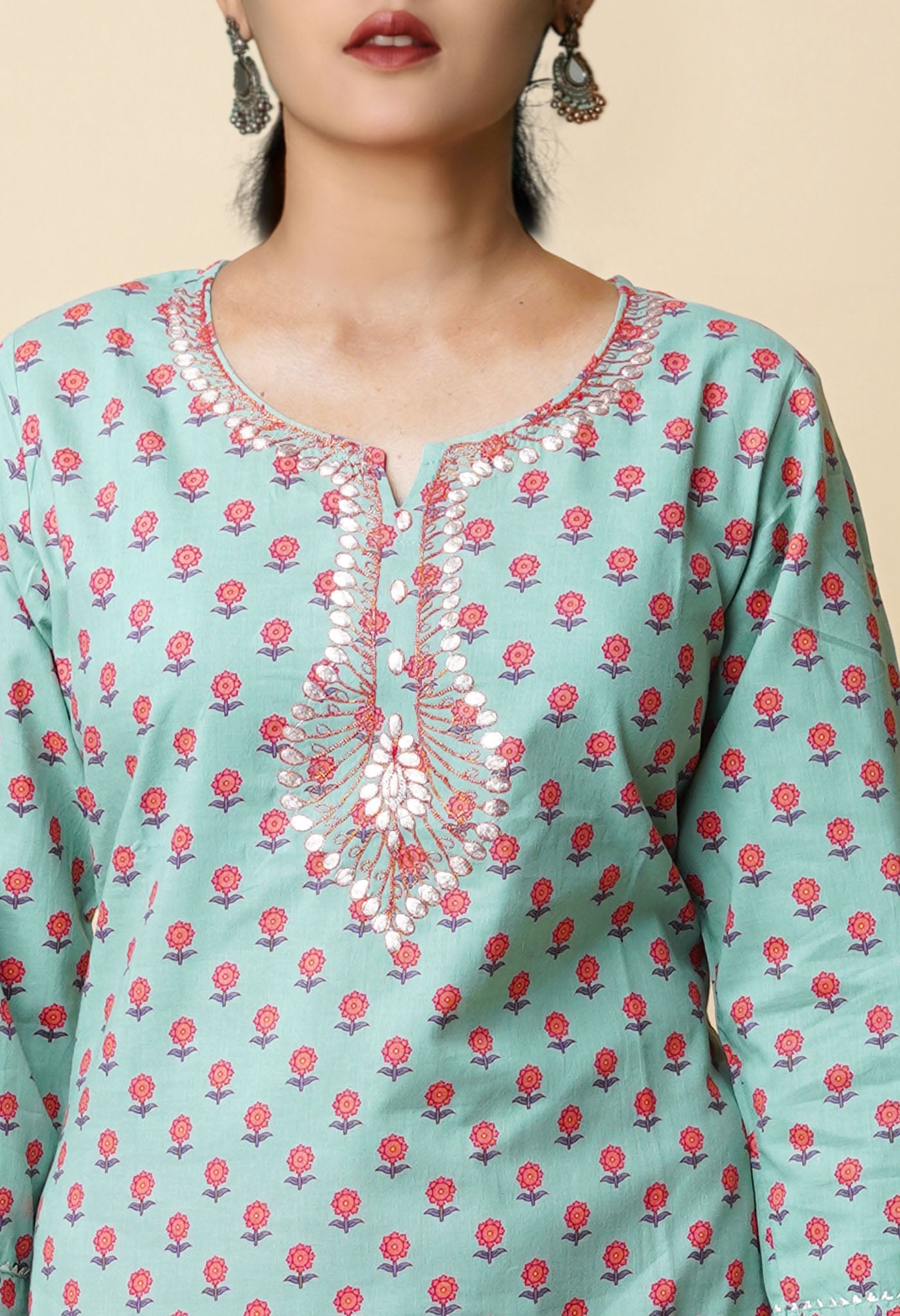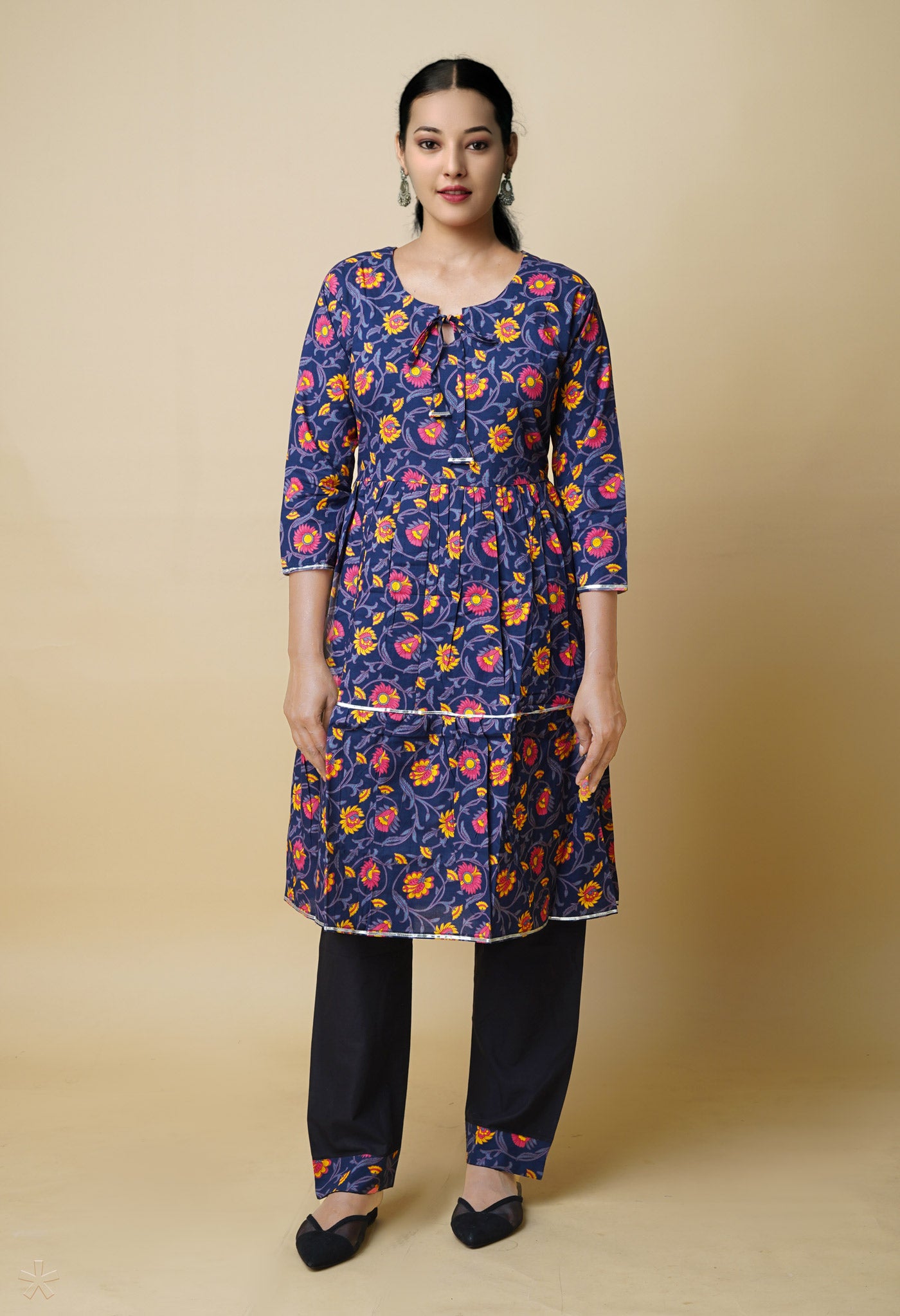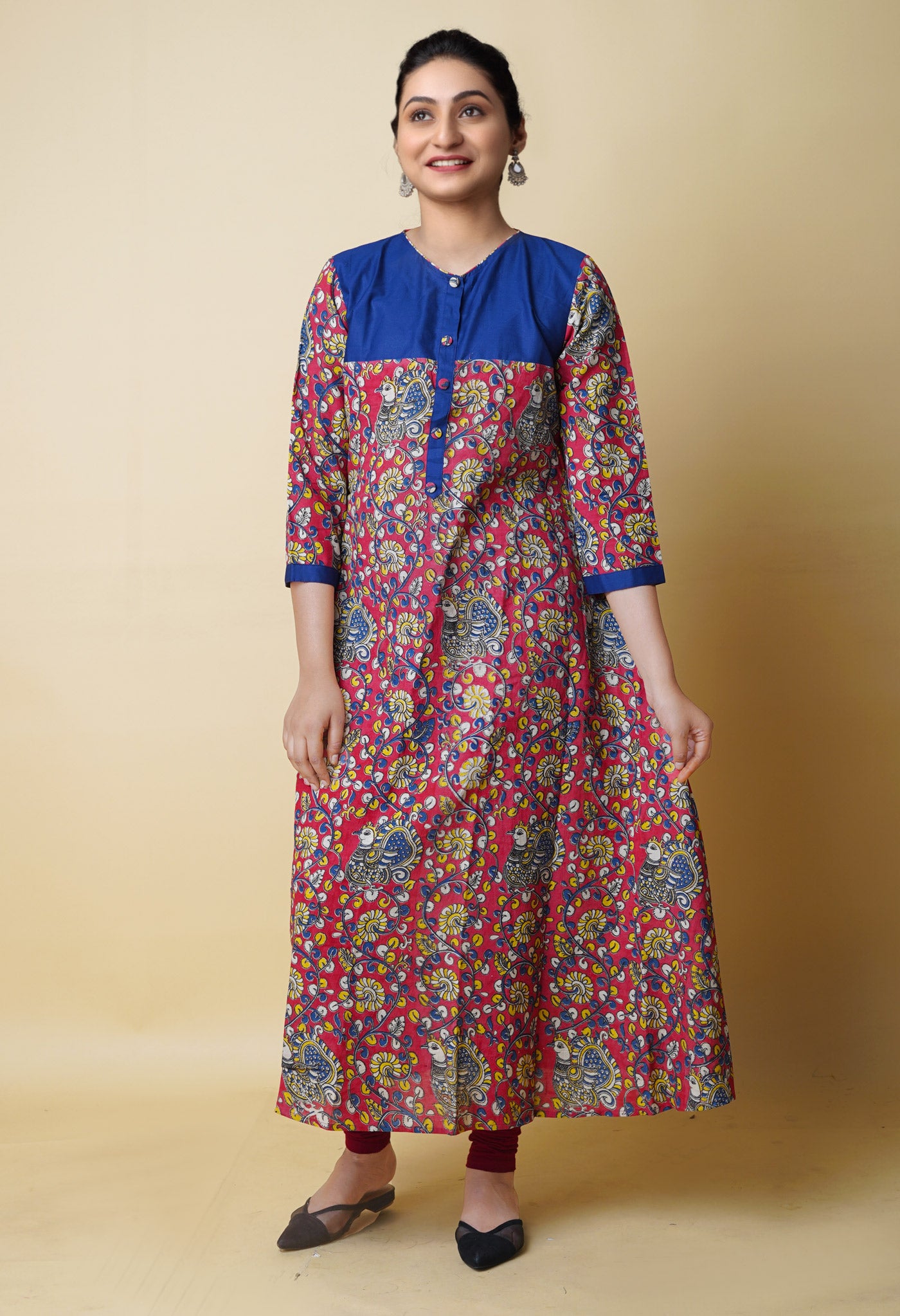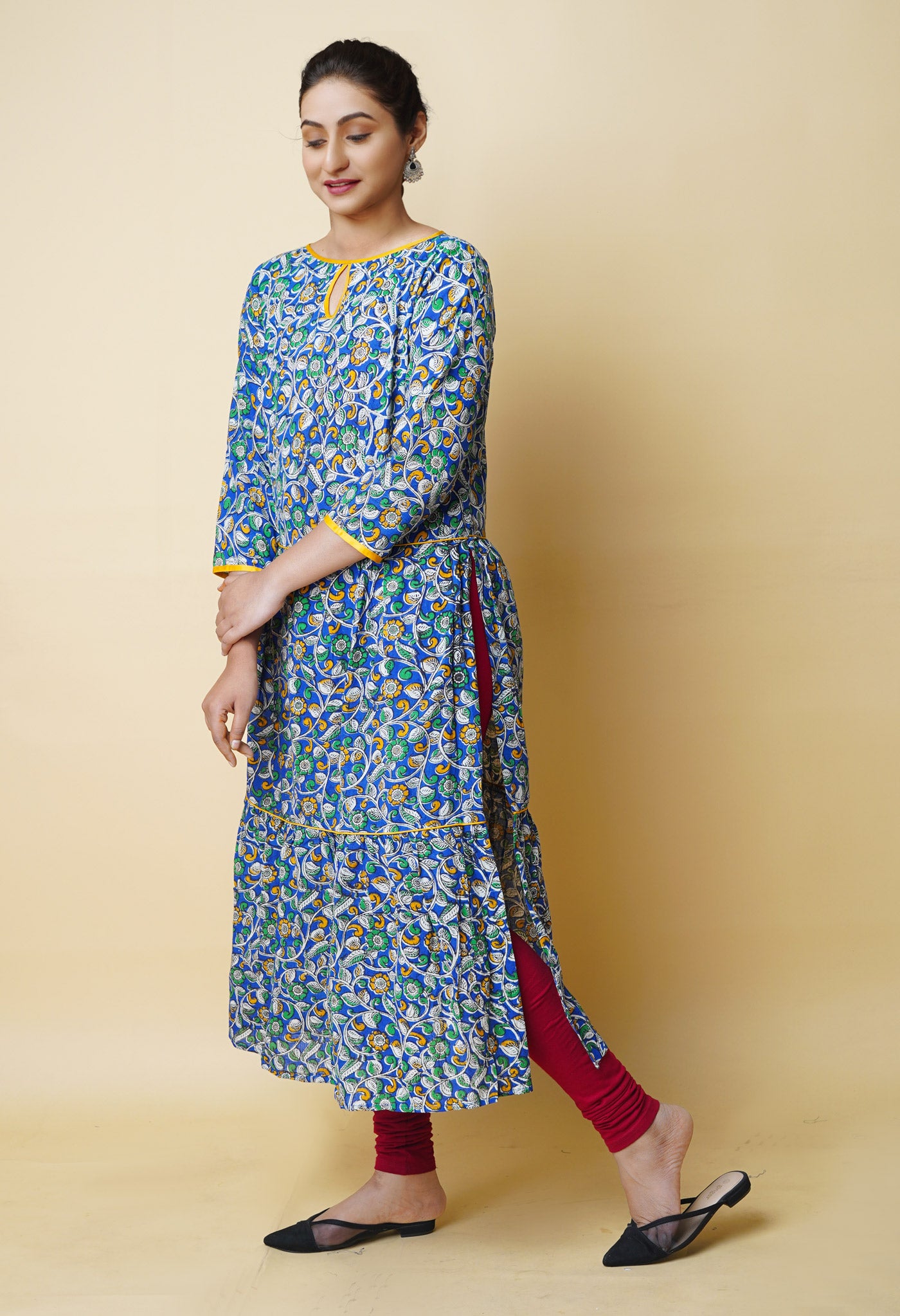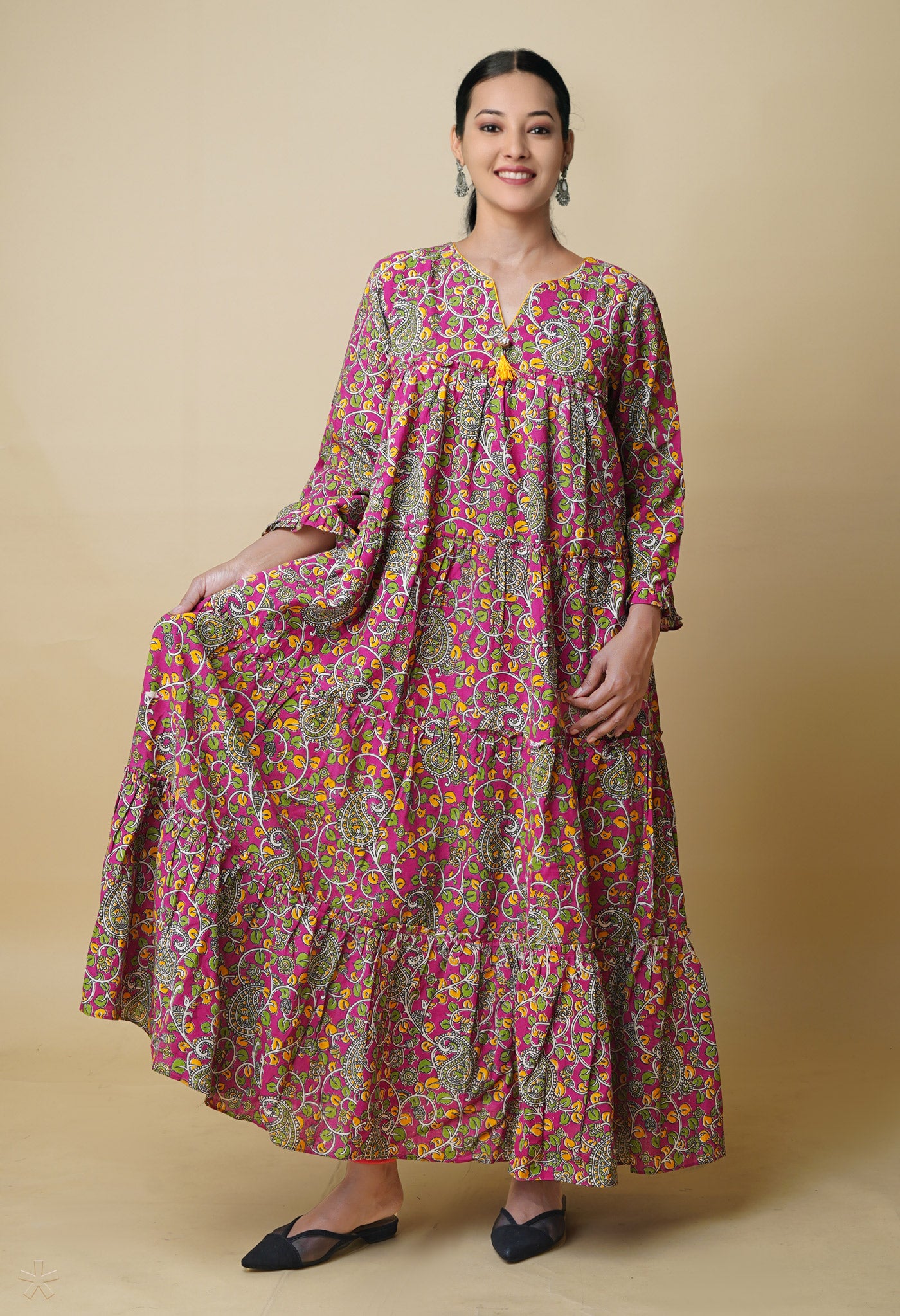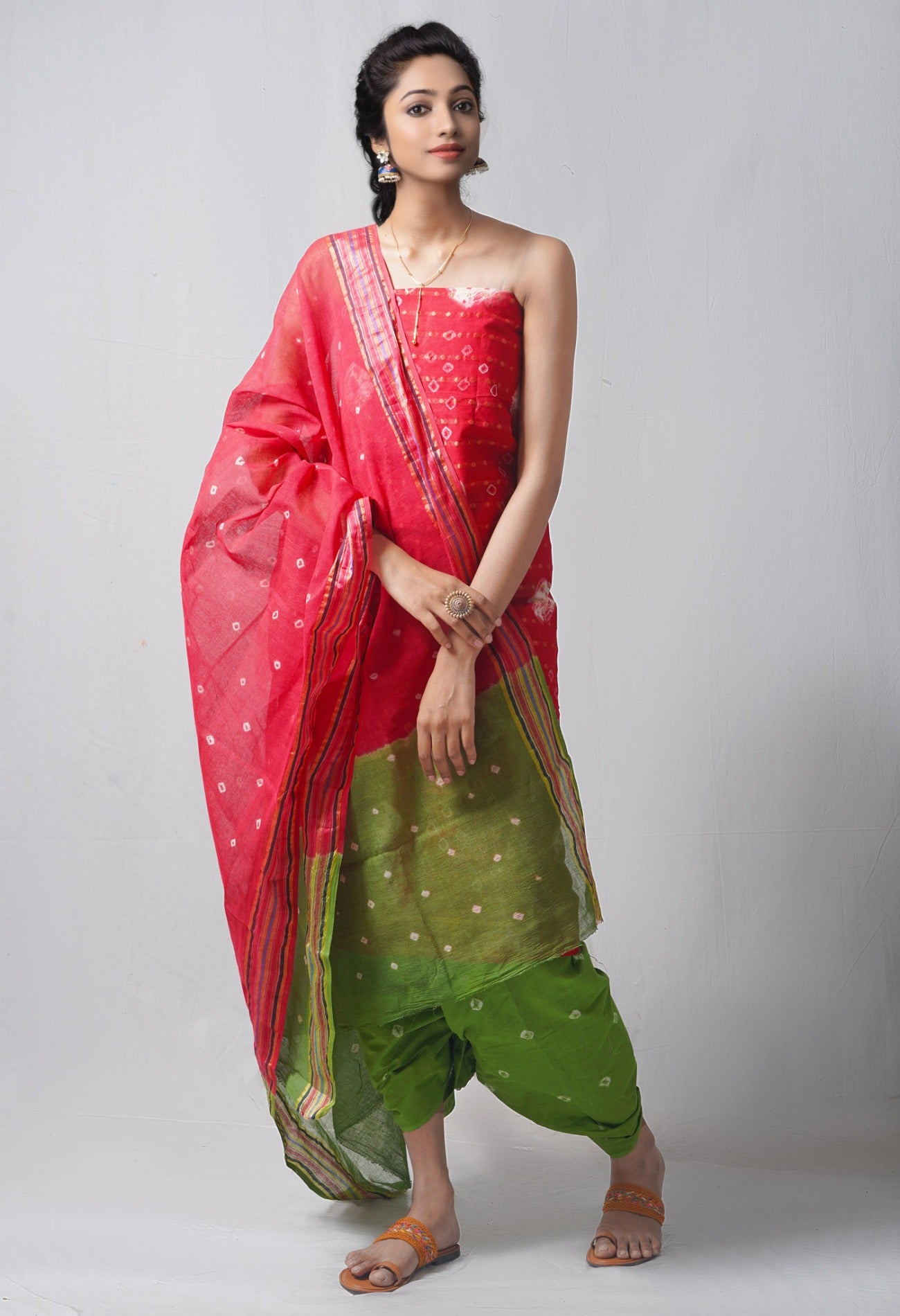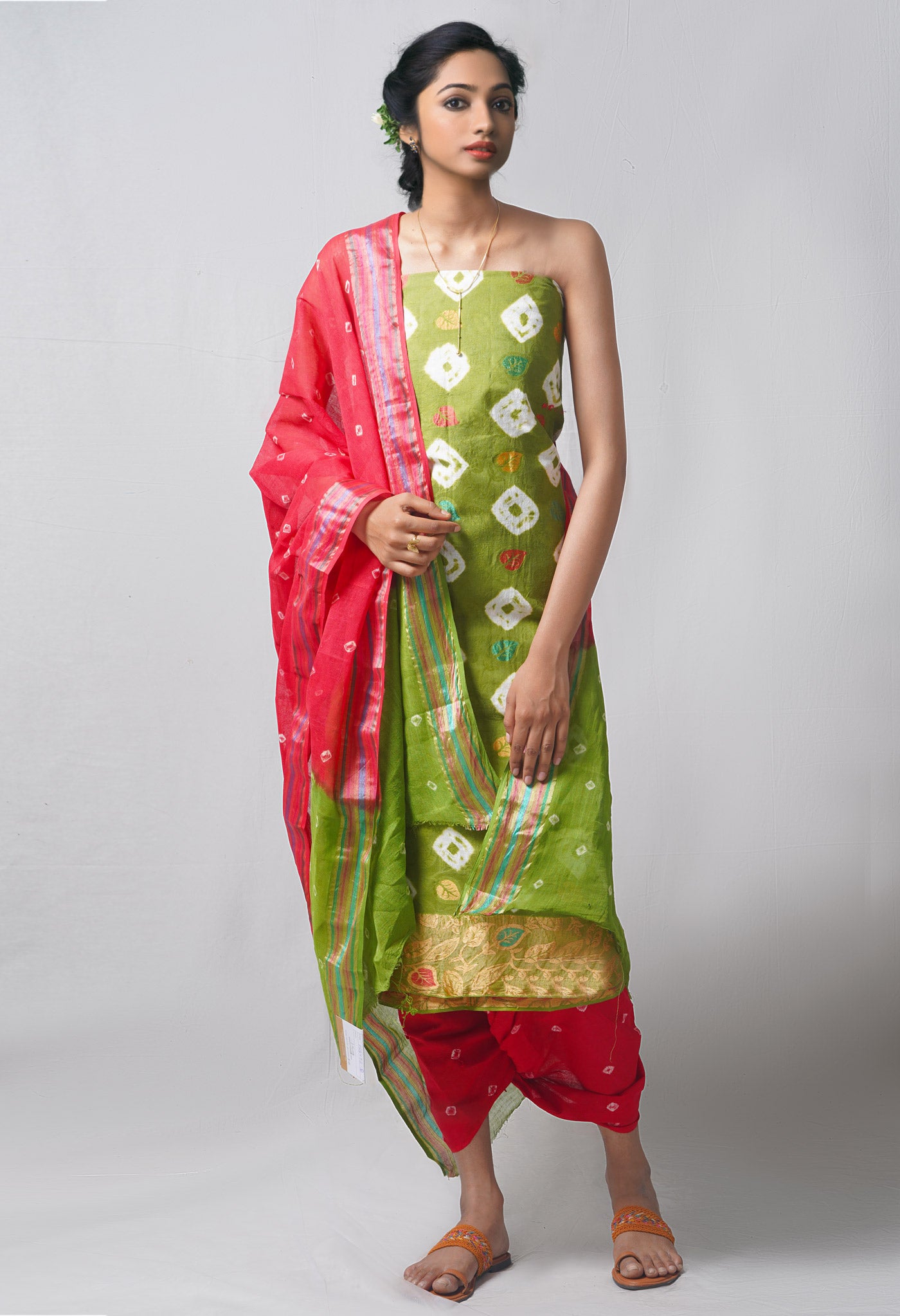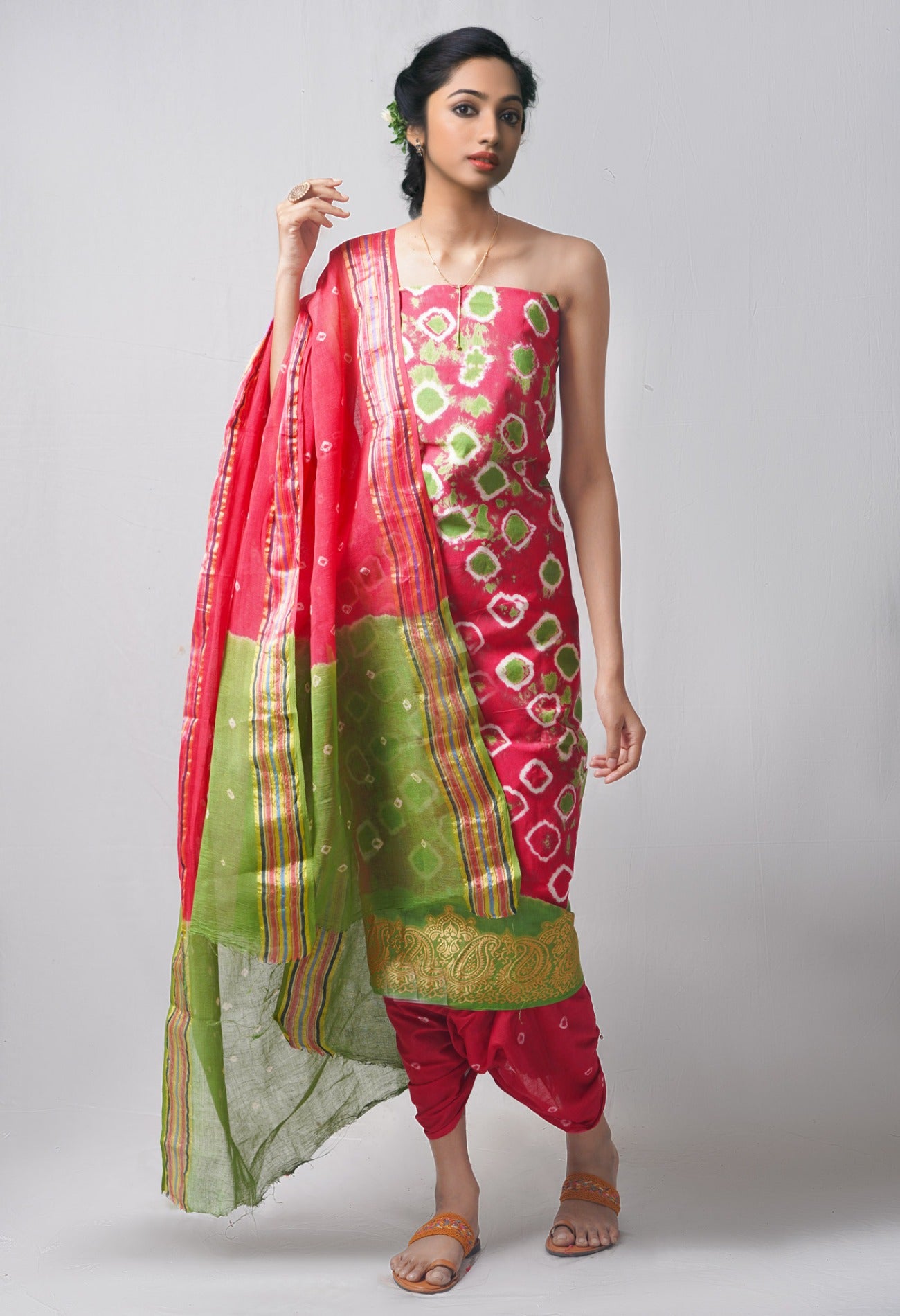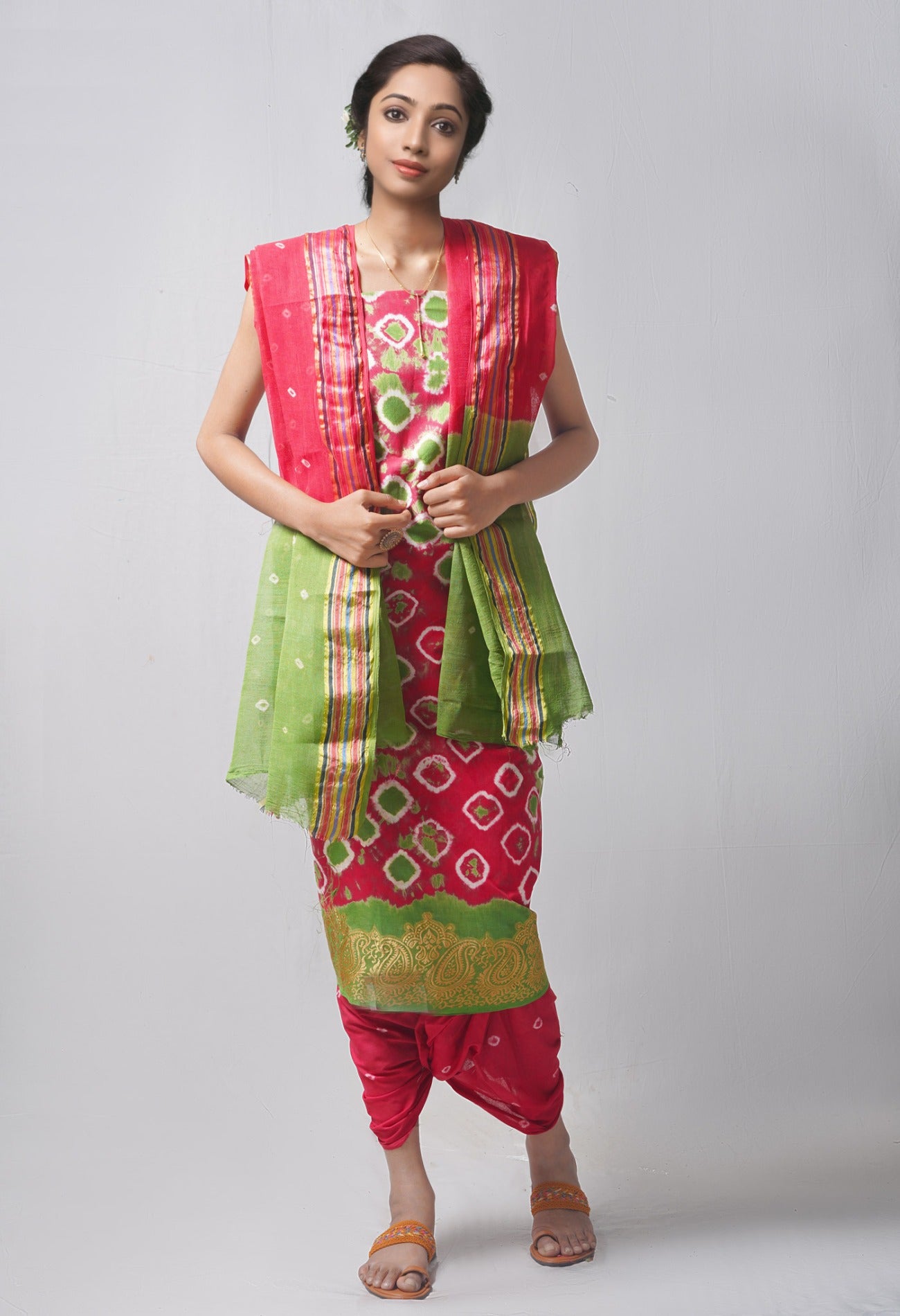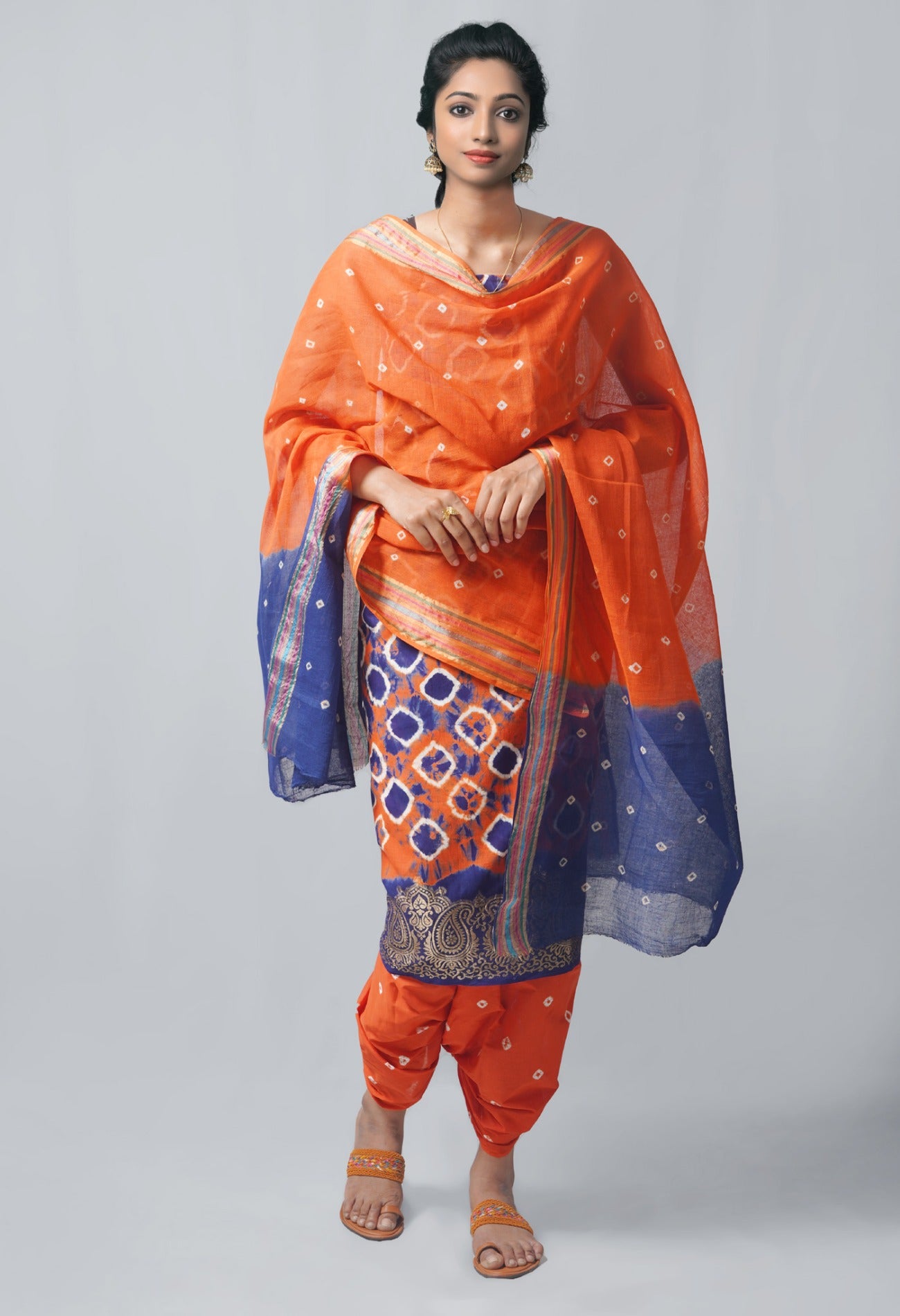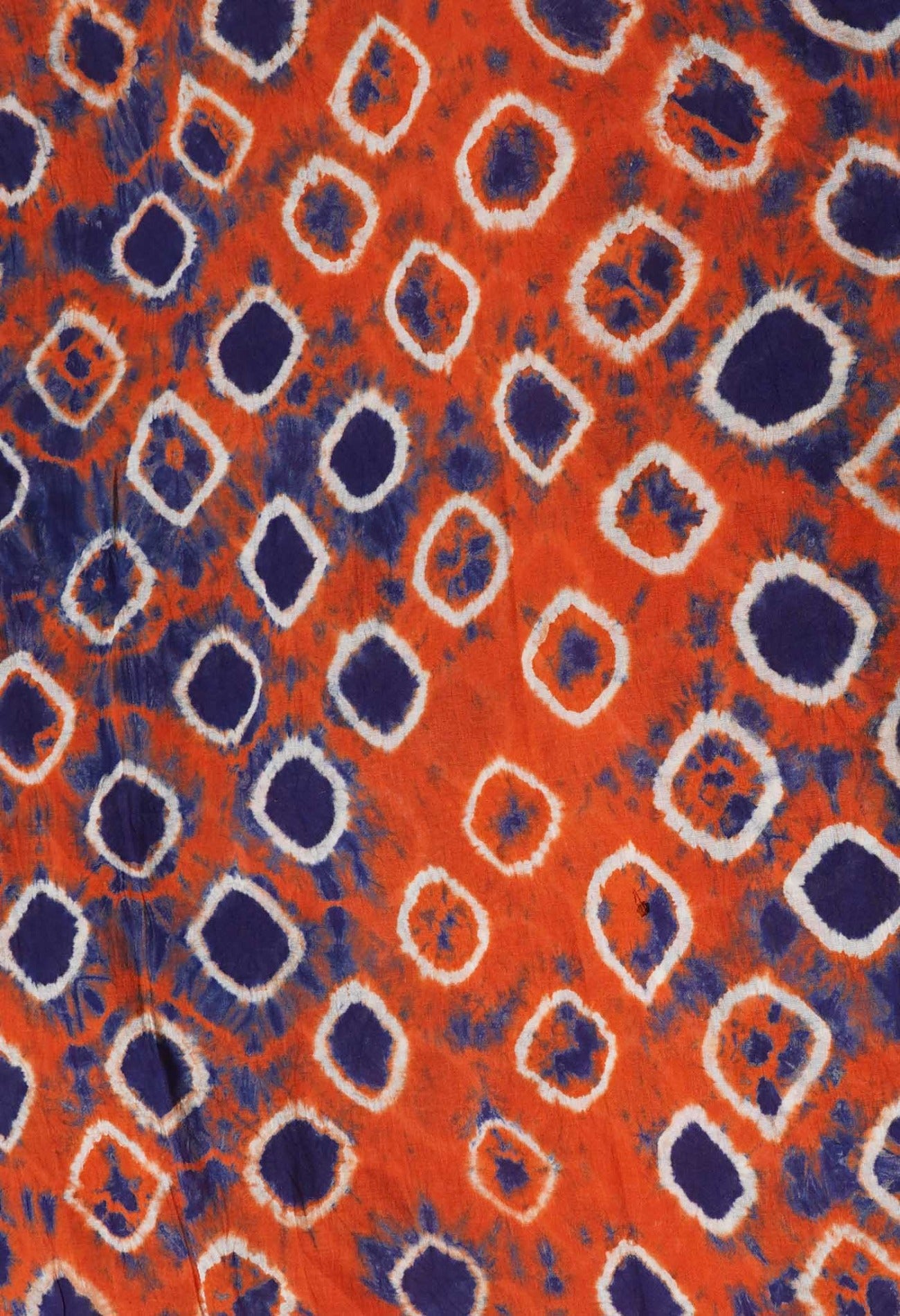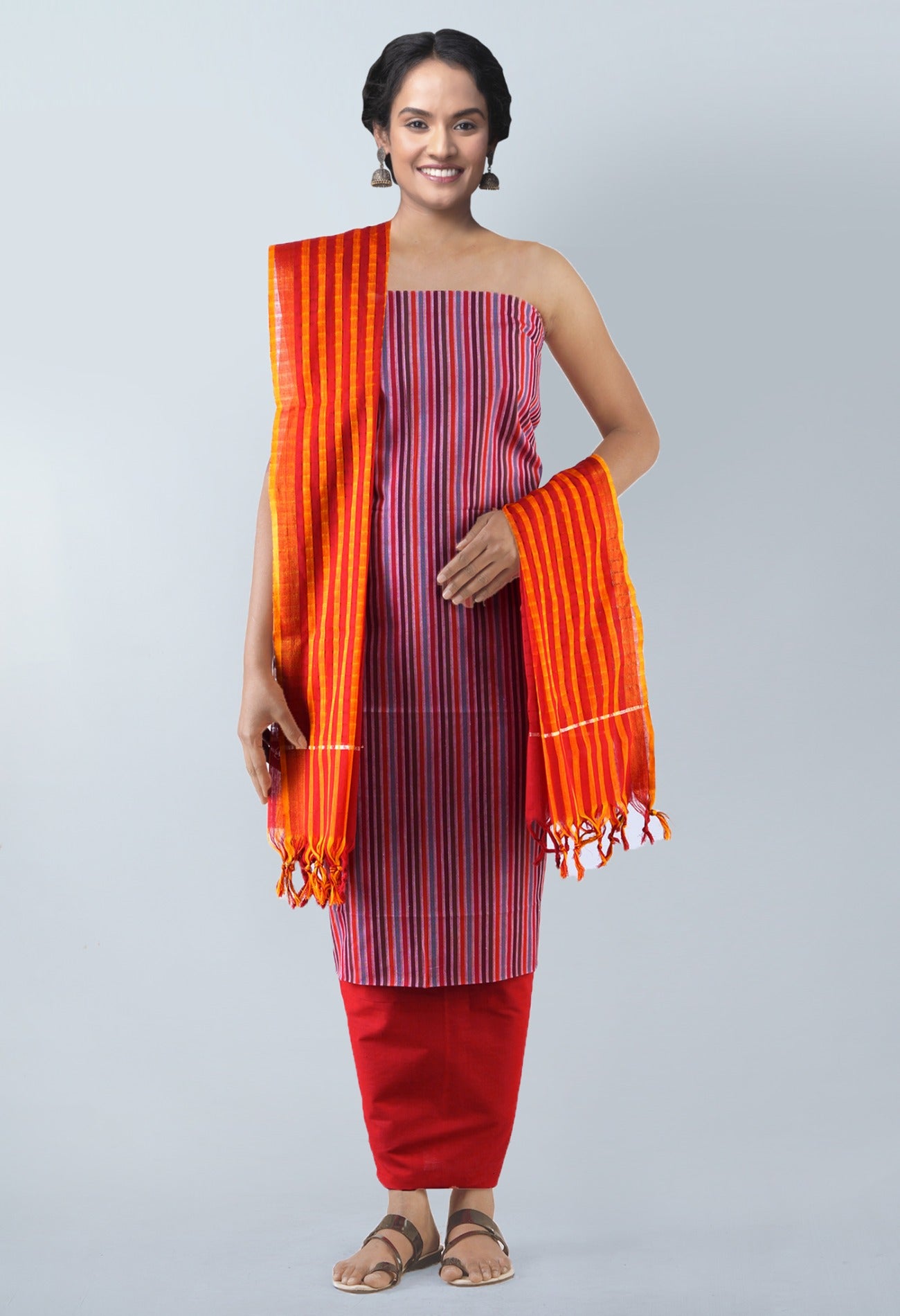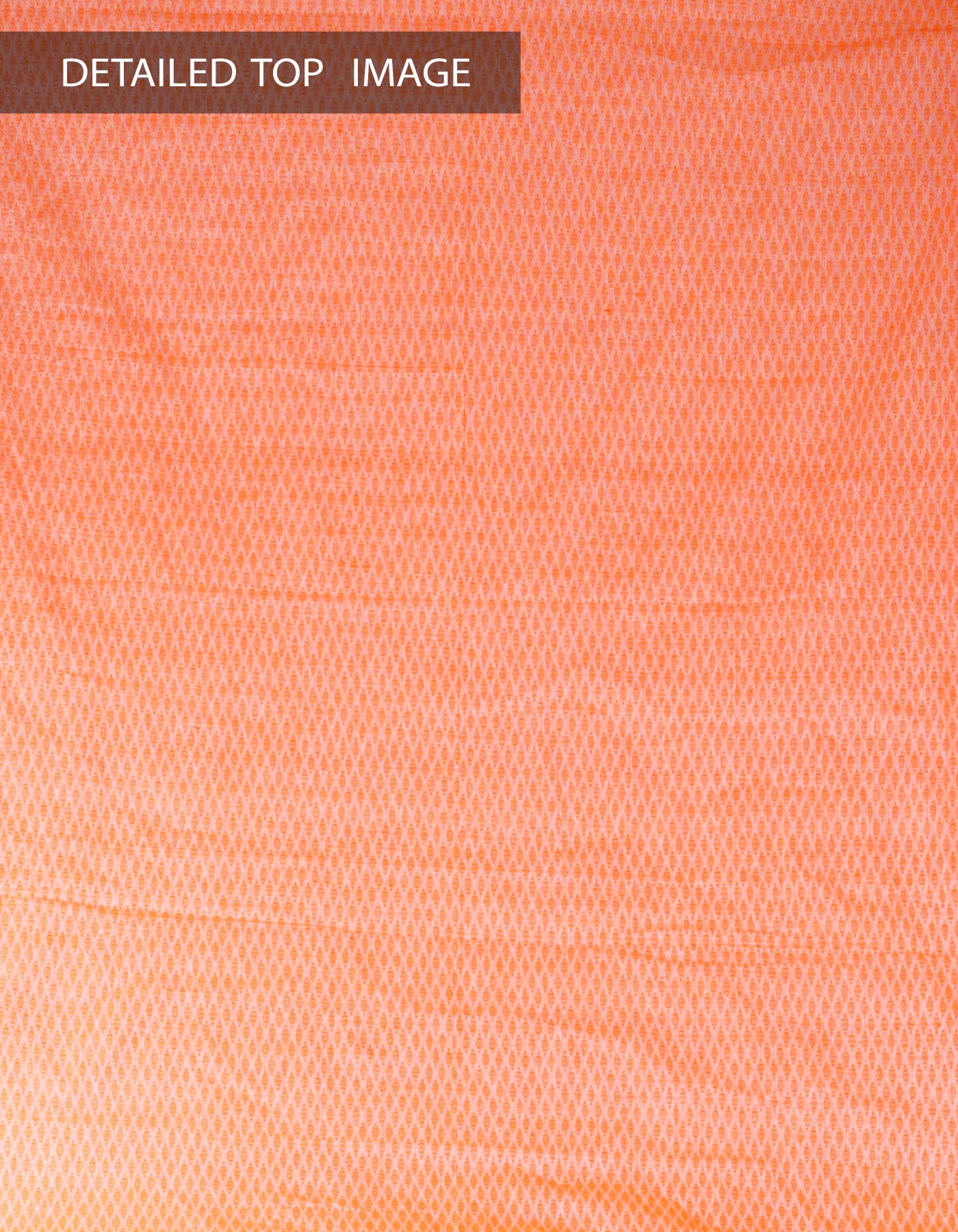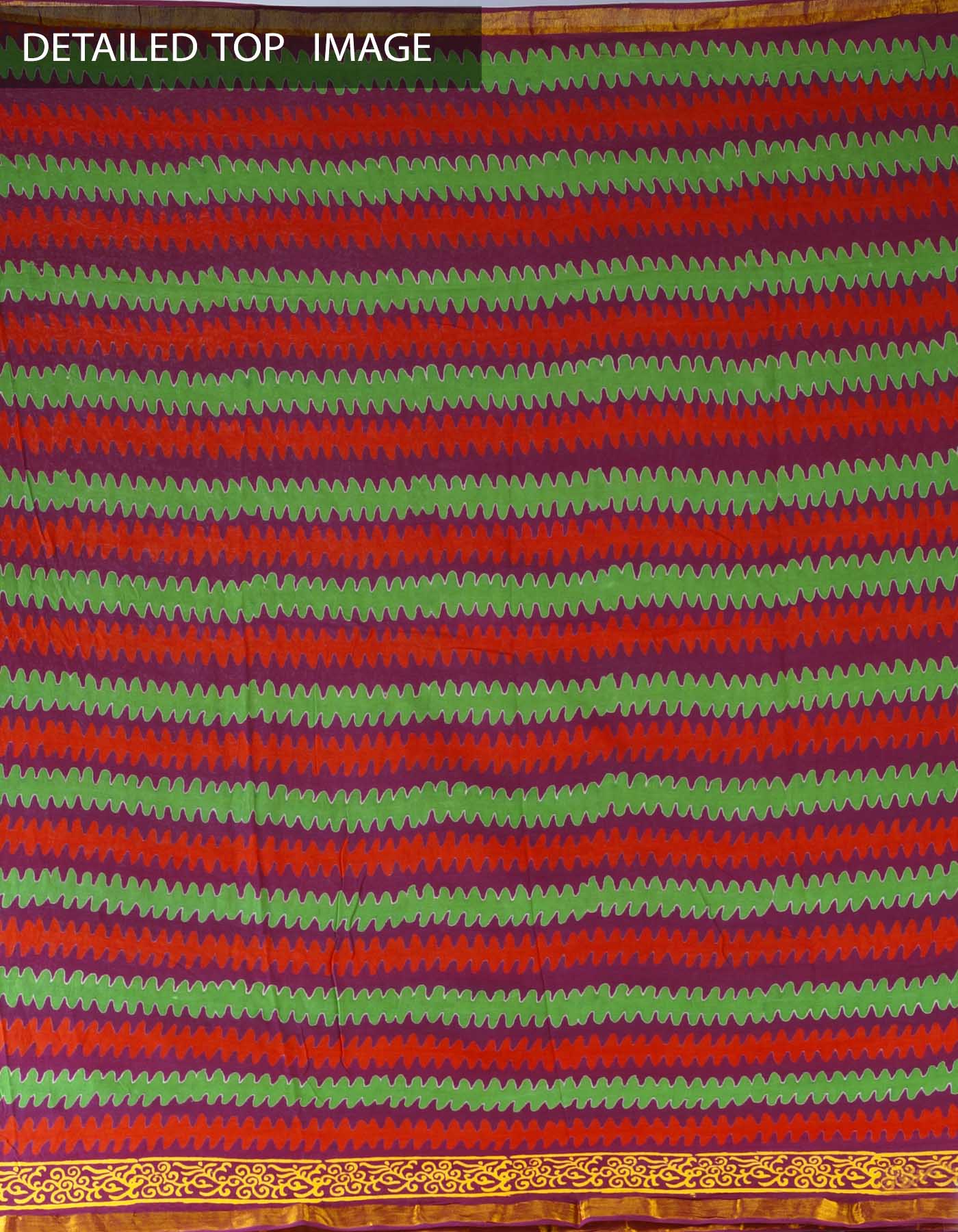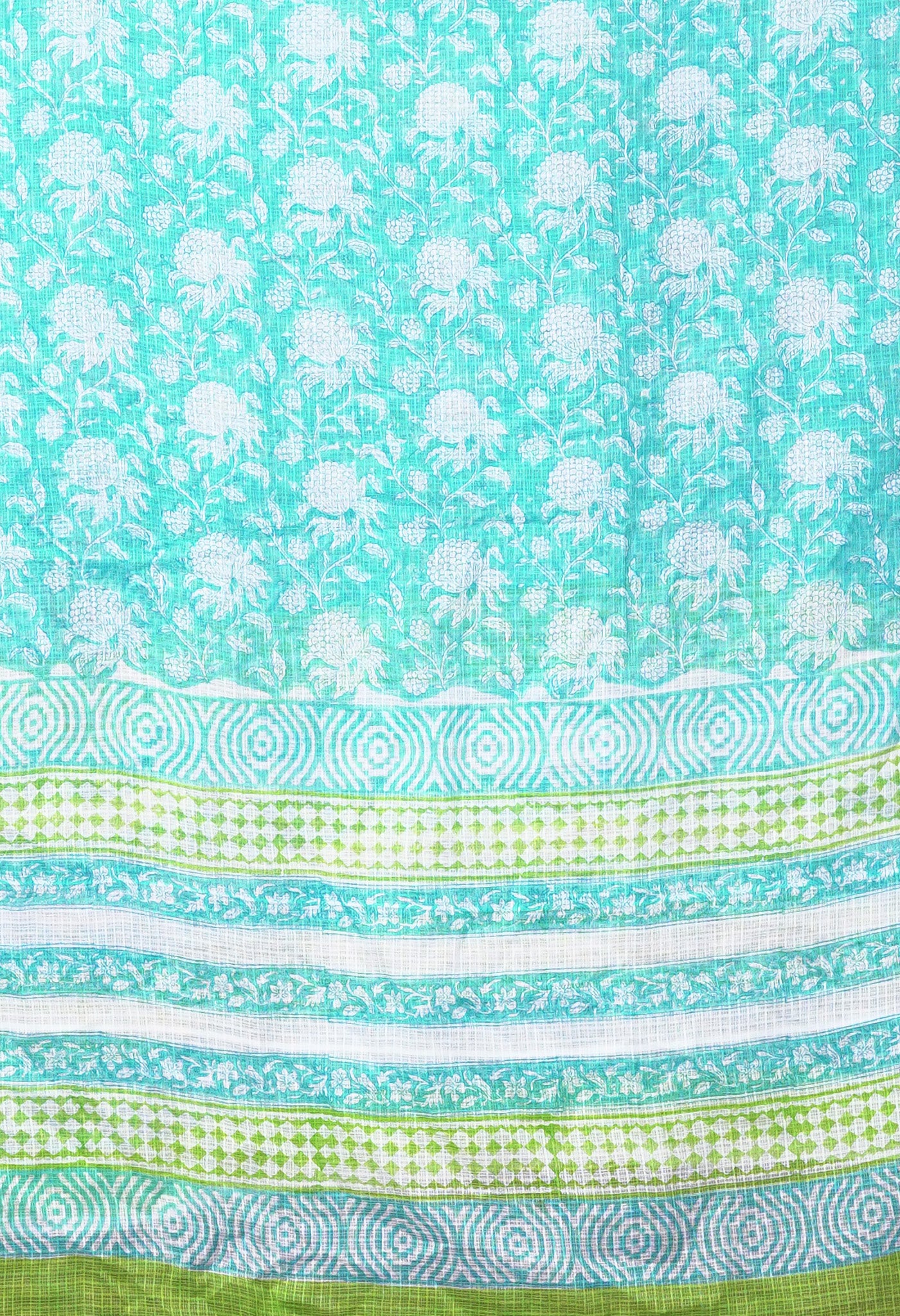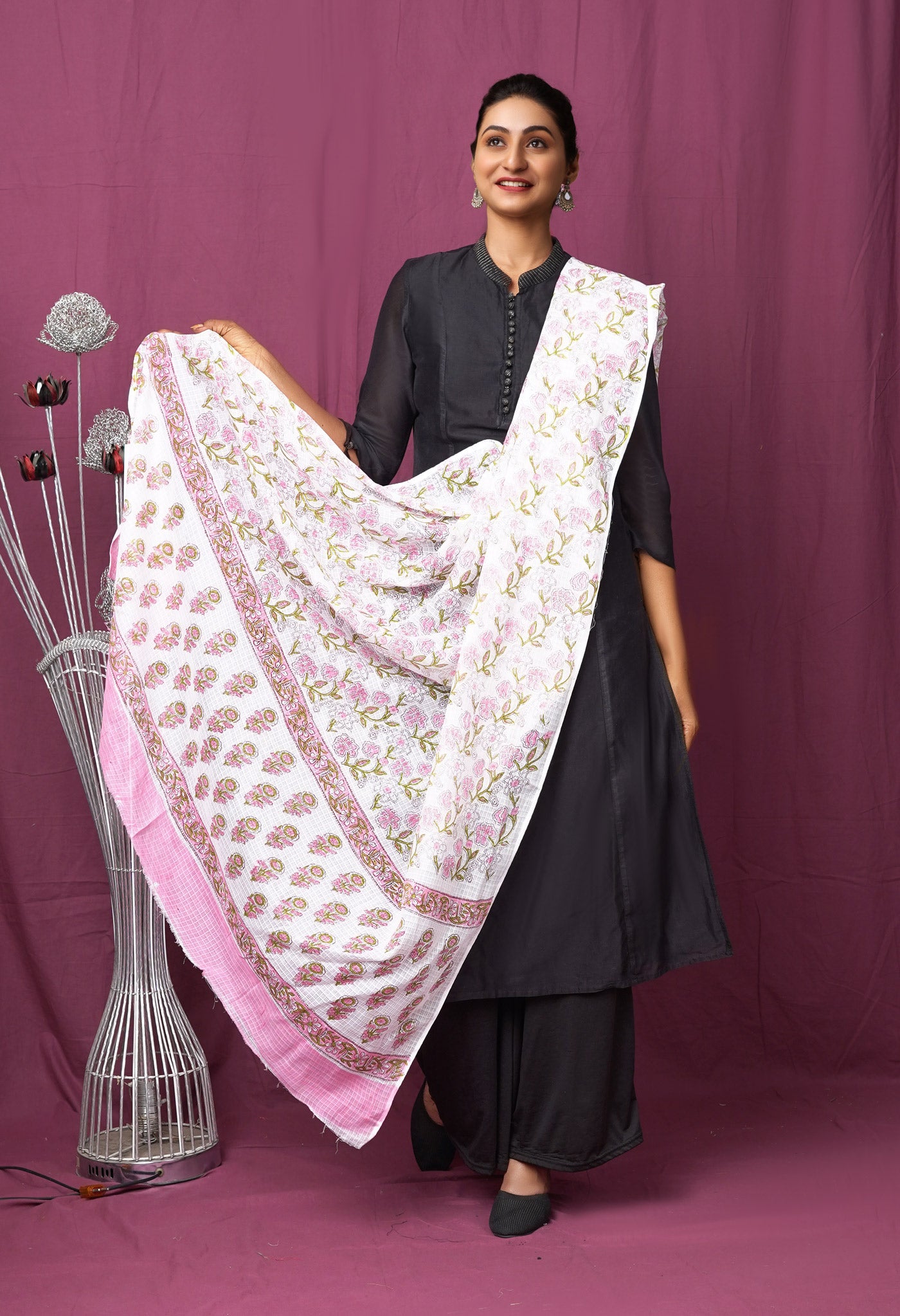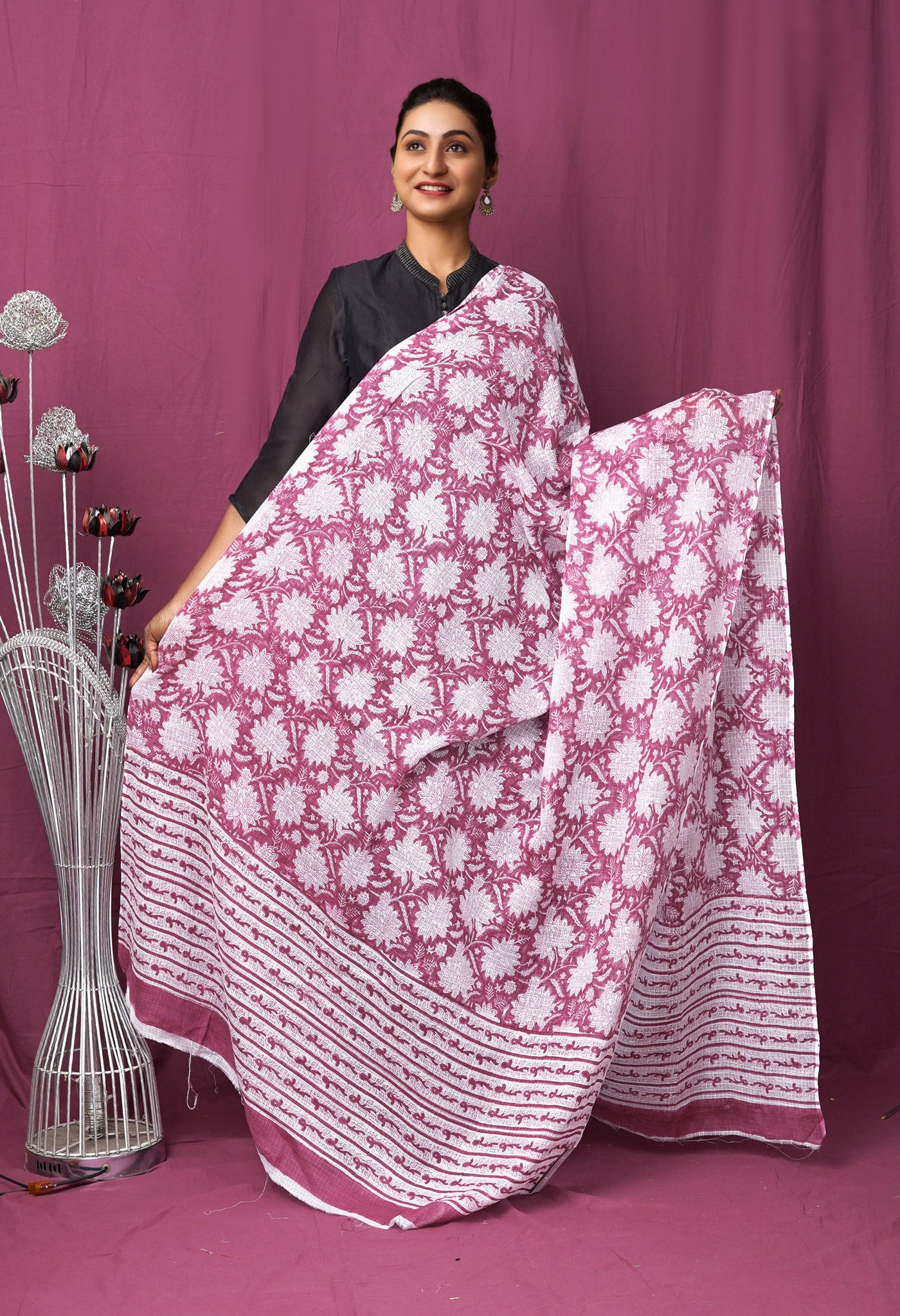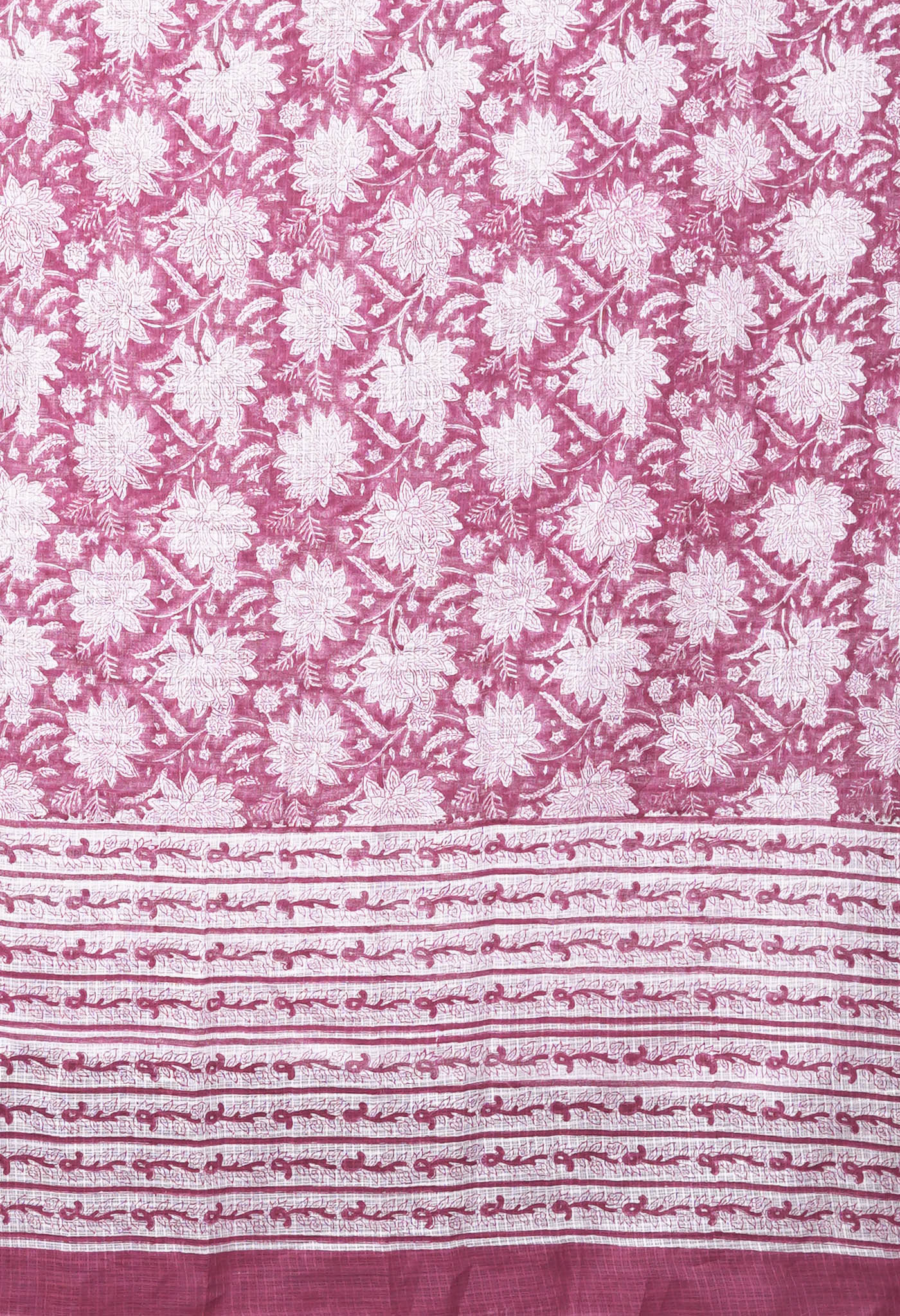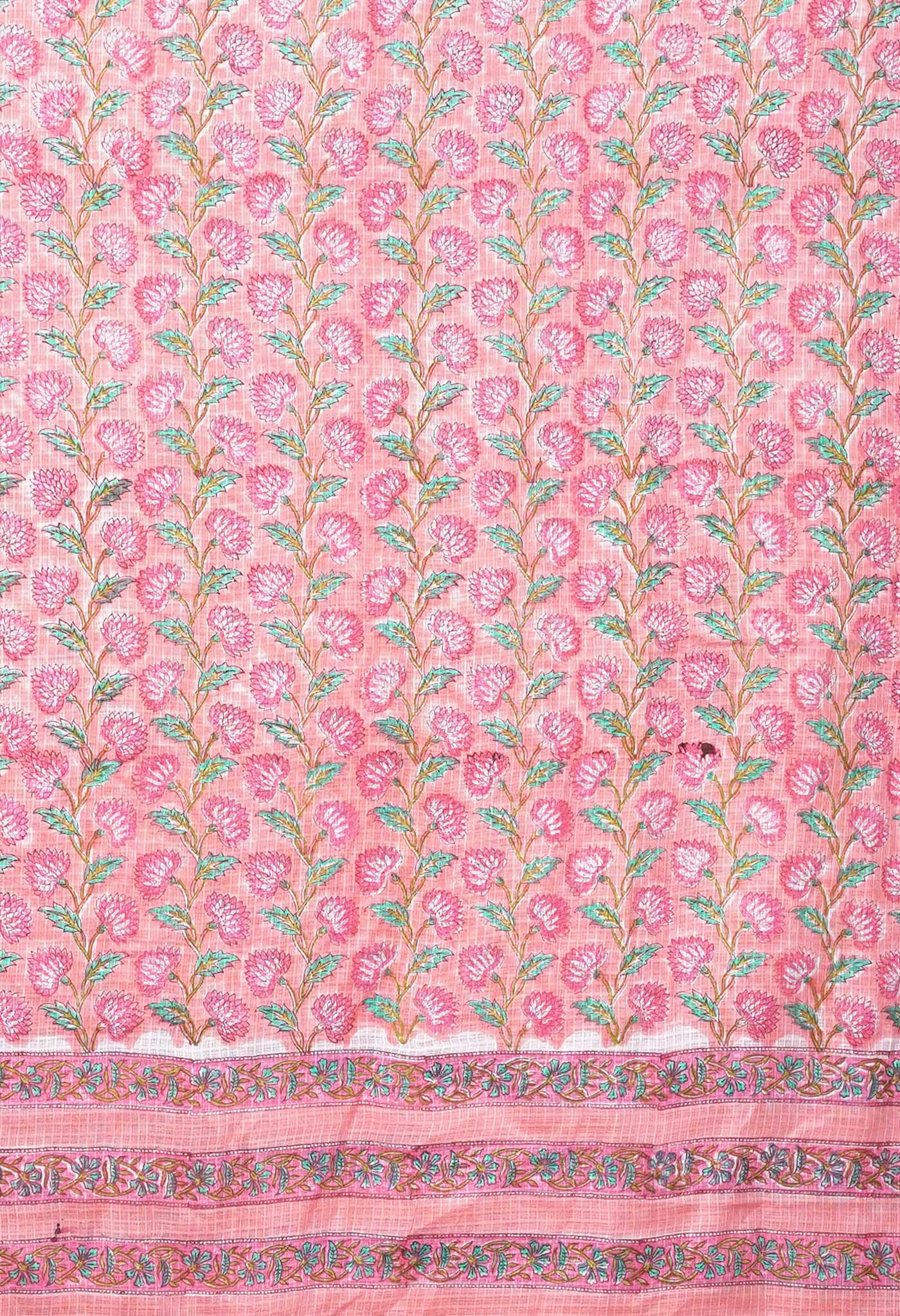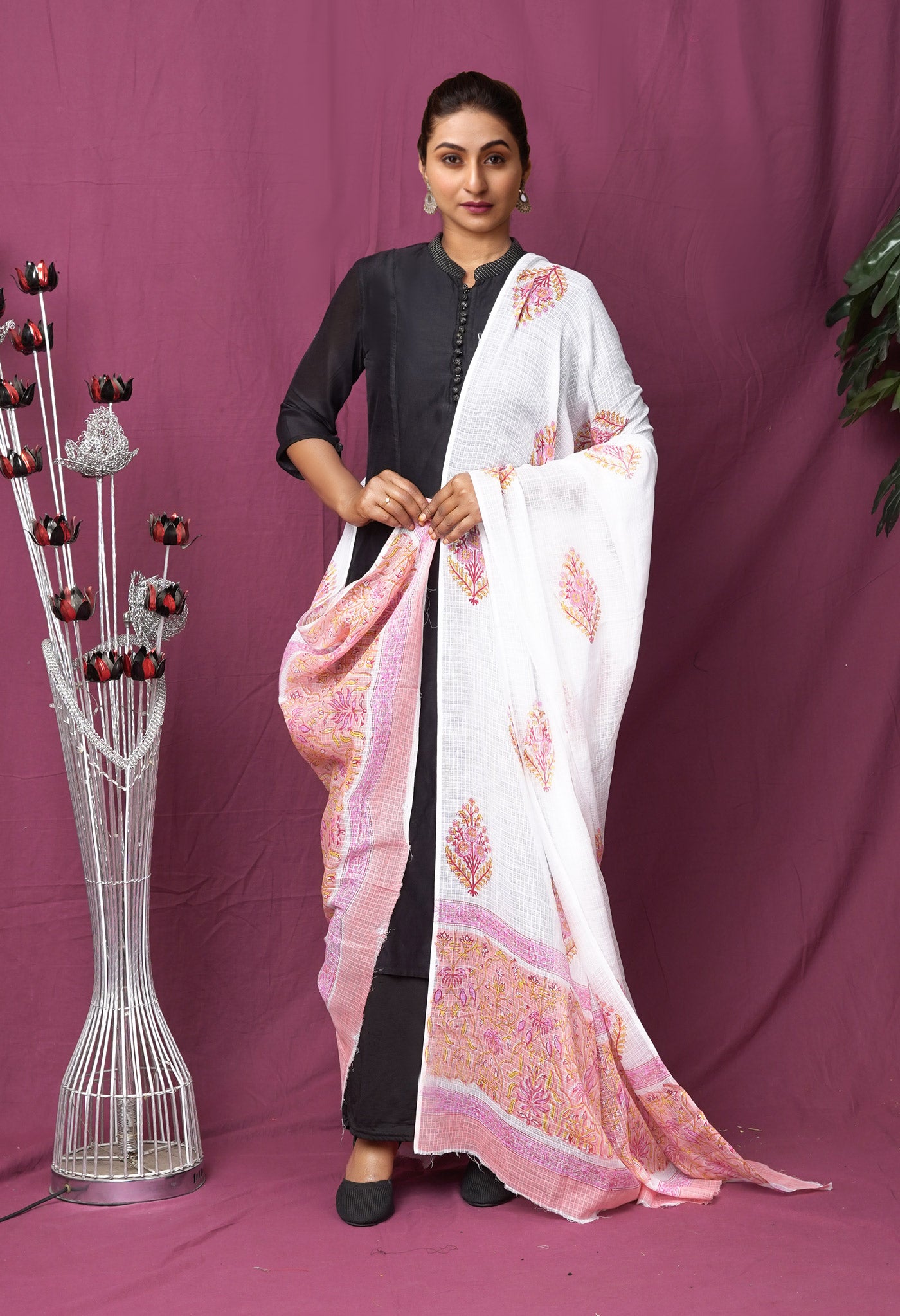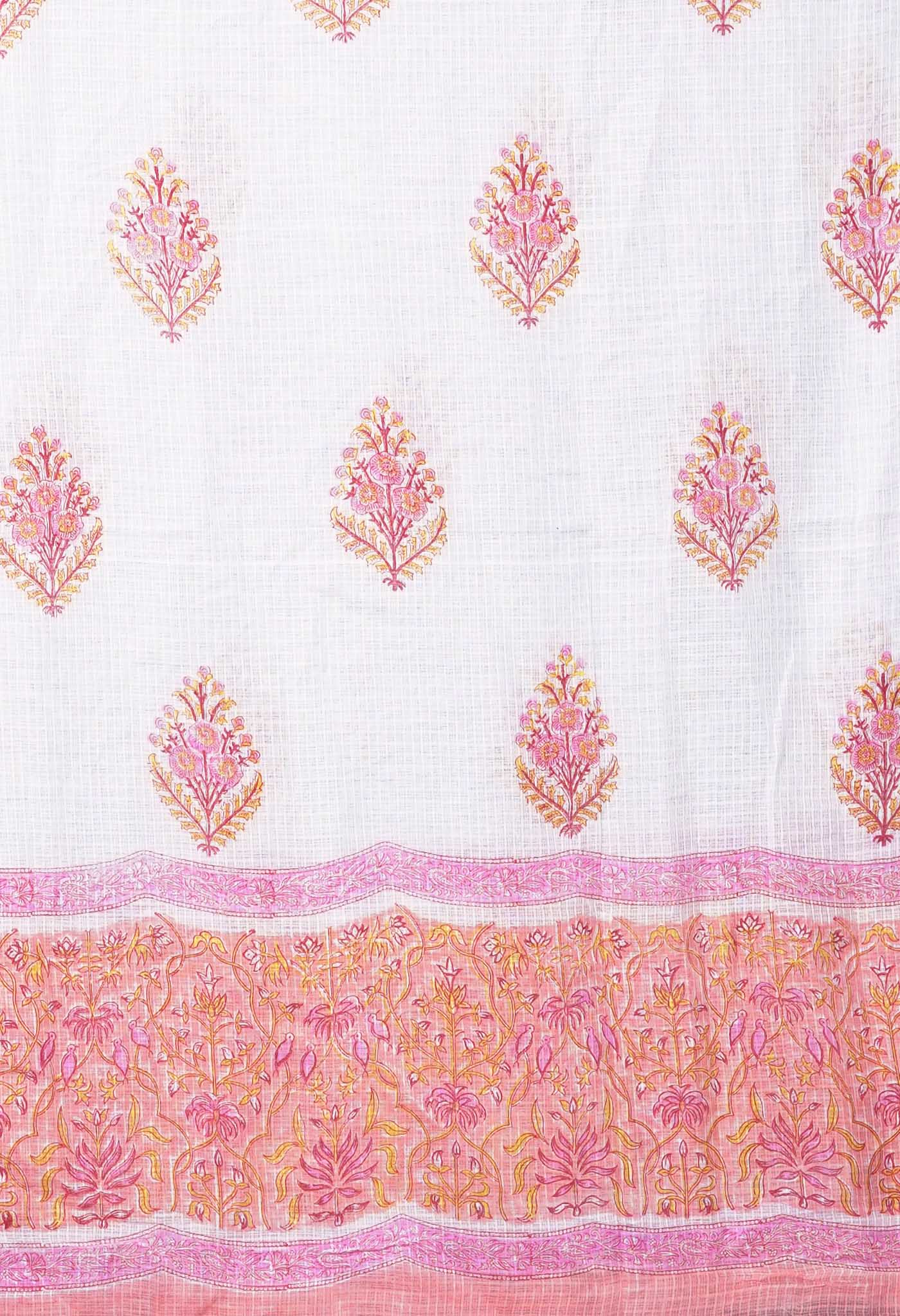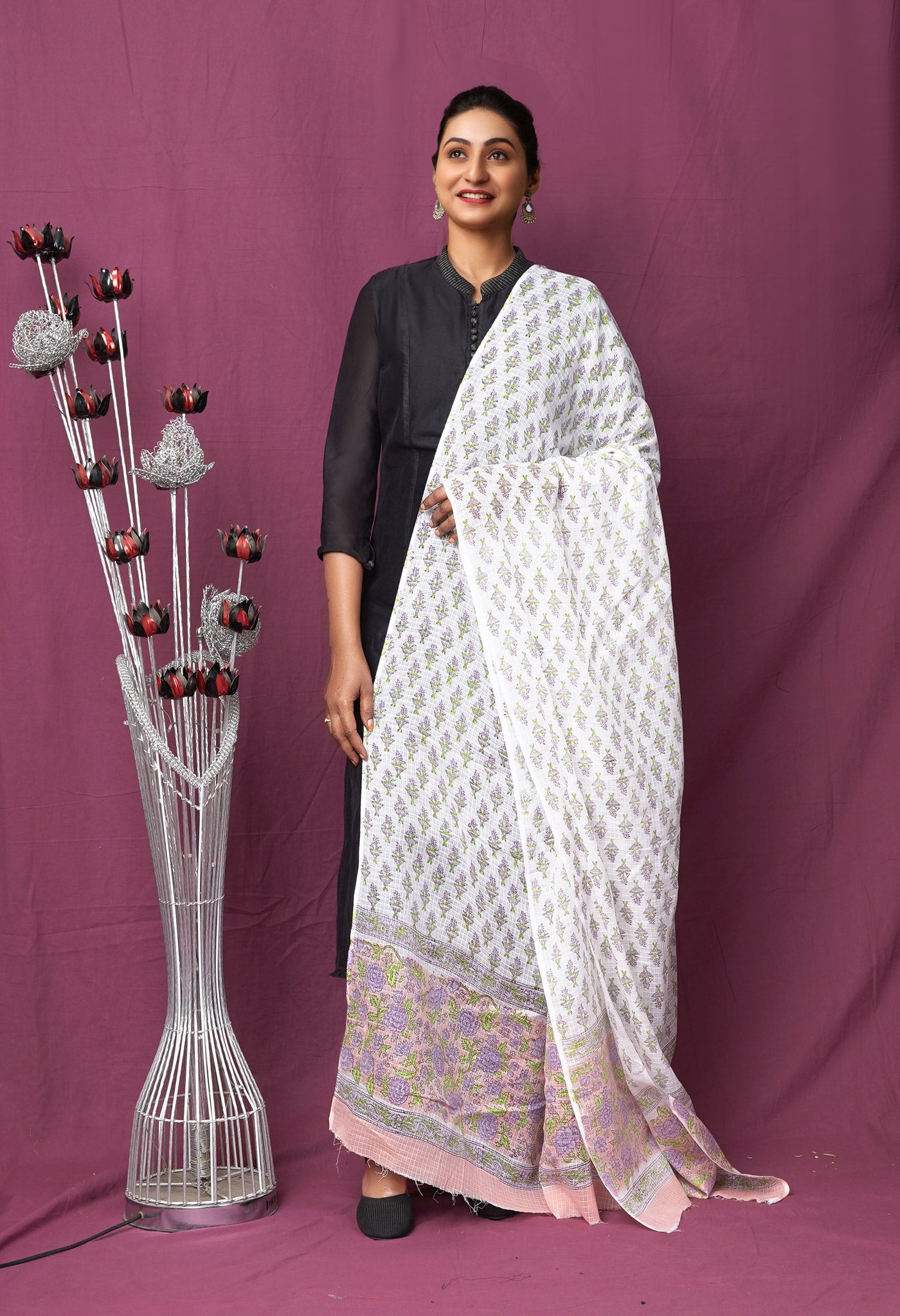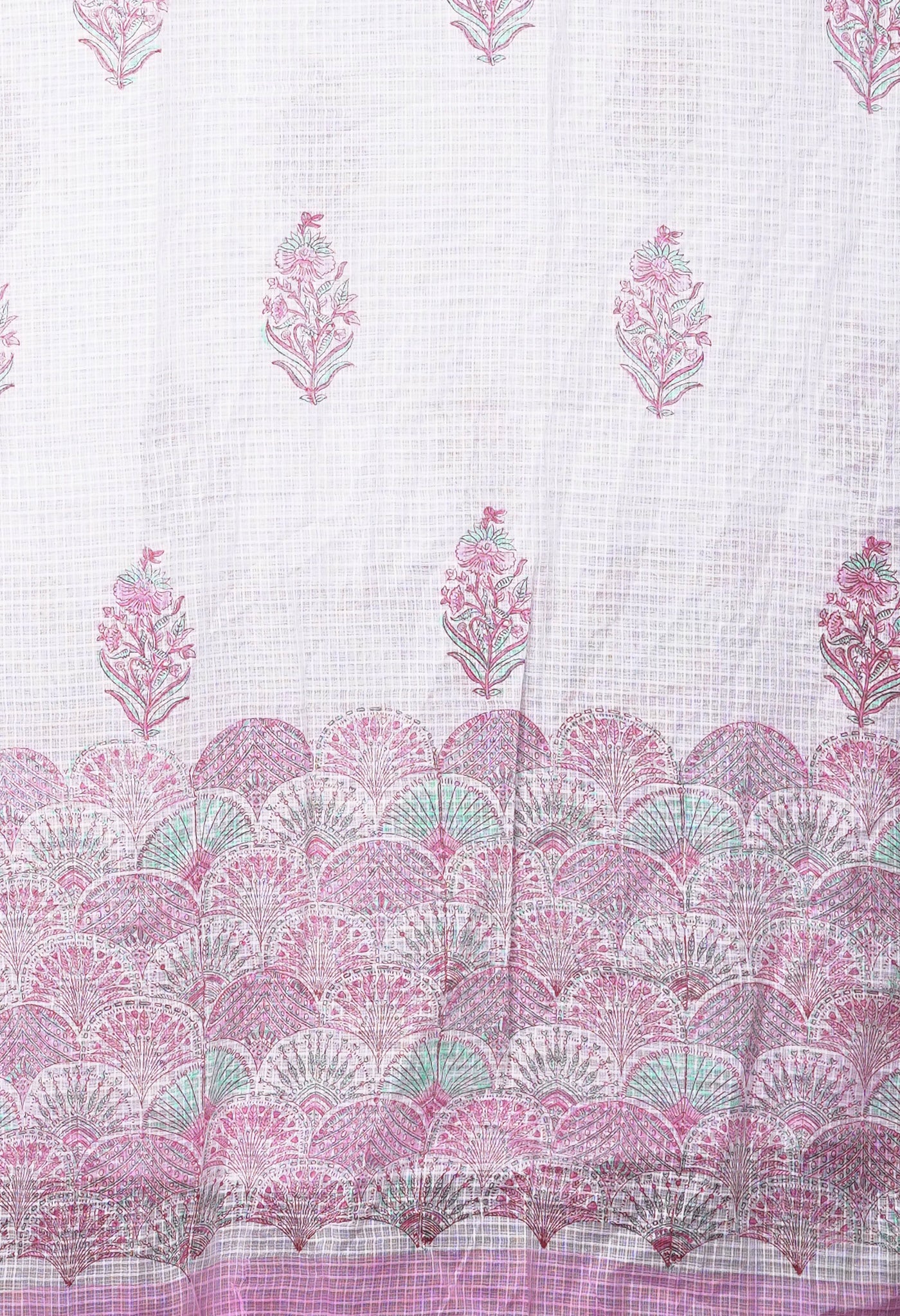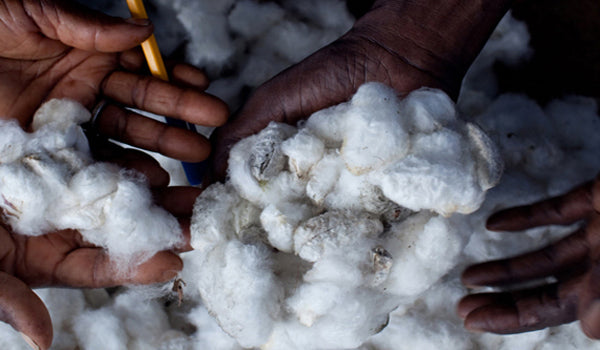
Logical Reasons To Switch To Natural Fiber Clothing
Easily available, cheaper and in a plethora of colors, man-made fibre fabrics are ruling the roost at the moment. Yet the ill-effects in their use, including their negative impact on the environment due to degradation pollution is becoming voiced more often, with a growing cry to encourage the use of natural fibres that are eco-friendly by nature, induce less pollution during production and cause minimal health hazards.

Only over the last century or two have synthetic processes been used to dye fabrics. For thousands of years before, natural dyeing processes enhanced the color of fabrics and garments. The rapid consumption of petroleum-based products and its negative impact on the environment has led to an increase in environmental consciousness when it comes to sustainable materials and products. Natural fibres are categorised as environmental friendly material, containing good properties, compared to synthetic fibres which are not.
So the clamour for more eco-friendly fabrics is getting louder by the day. Let us see why!
What are natural fibres?
Natural fibres are those that are created from the naturally occurring fibres of plants and animals.
What are the plant and animal fibres?
Those derived from plants include vegetable fibres, such as cotton, flax, jute and hemp. Animal fibres include among others, silk, wool, cashmere and mohair.
What is the good thing about natural fibres?
Natural fibre clothing is breathable, chemical free, harmless to the skin and environmental friendly. In recent times when there are so many concerns about the degradation of the environment, natural clothing is a boon and its use should be encouraged more than it is now.

What is meant by man-made fibre?
Artificially produced fibres from which synthetic clothing is manufactured are man-made fibres. Synthetic fabrics are also referred to as plastic fabric. In a process called polymerization, chemically-derived fibers are joined together to create fabric. It requires numerous chemicals and solvents to create any type of synthetic fabric.
Which are the man-made fibres commonly known?
Common synthetic fabrics include polyester, rayon, modal, spandex and nylon.
Which fibre fabrics are more used in the world?
Despite the ill-effects of man-made fibres, that go through harsh conventional dyes, wrinkle free formaldehyde treatments and pesticides, being known, it is realistically estimated and vouchsafed by textile experts that two-thirds of most modern day clothing is made from synthetic fibres.

How do we benefit directly from our preference for natural fibre clothing?
Organic cotton, bamboo and other natural-fiber fabrics (such as luxurious silk) are full of benefits for the wearer:
Natural fibres can come from a large variety of fibre sources:
- Bast fibres: Jute, flax, hemp, kenaf, bamboo
- Seed fibres: Cotton, coir, kapok
- Leaf fibres: Sisal, pineapple, banana, abaca, palm
- Grass and reed fibres: Rice, corn, wheat
- Core fibres: Hemp, kenaf, jute
- Natural fibers look and feel good.
- The fibers are tightly woven, yet extremely breathable and surprisingly soft.
- They do not cling to the body.
- They’re created without toxins or unnatural processes.
- They’re extremely lightweight, yet provide warmth and protection.
- The fabrics can be used in everything from cotton t-shirts to silk gowns.
- Natural fibers are biodegradable.
What are some common reasons that favour natural fibre clothing
- For a start, natural fiber clothing does not undergo harsh chemical treatments that are toxic and have some negative effect on the skin. E.g. Rayon is recycled wood pulp that undergoes chemical treatment to make it survive regular washing and wearing.
- Synthetic fabric begins to break down much more quickly, especially with frequent washing as compared to natural fibre clothing which is fairly durable. Natural fiber clothing may be more expensive up front, but a better investment in the long run. Not to mention it’s being beneficial to the eco-system.
- Synthetic dyes are an oil byproduct made from chemicals and natural dyes are made from natural substances produced by a living organism (plant or insect for example). Synthetic dyes have been linked to health conditions ranging from irritating conditions to life-threatening cancer.
- Textiles are not only made from fibers, but often times dyed with color and have finishes added to them. Finishes are commonly added to textiles to help them resist water, stains, wrinkles, flames and more. Finishes are advertised as “water resistant”, “stain resistant”, “wrinkle free”, “flame retardant” and “no iron”. While convenient, these finishes may not be so good for health. Studies show that finishes may be causing asthma, cancer, and other health conditions.

- Organic cotton is grown without pesticides, growth regulators and synthetic chemical fertilizers. It’s ideal for those with sensitive skin, and is good for the environment. There’s a growing demand, too, for soft, pliable bamboo clothing. Bamboo grows very rapidly, requires less moisture than most plants and is cultivated without pesticides and herbicides.
- Natural fiber clothing is more sustainable. Synthetic fibres require high energy use and crude oil. Synthetic fibers are essentially plastic, they are not quickly biodegradable. When it comes to cotton, organic cotton is significantly more eco-friendly than conventionally-grown cotton.
- Natural fibers are not made from chemicals. This fact alone reduces the number of chemicals. However, natural fibers may contain chemicals used by growers when the crops are sprayed with pesticides, herbicides, insecticides and other chemicals during the growing period. An added plus would be organic natural fibers that are grown without chemical treatments and are a healthier option in the natural fiber family. Due to the lack of chemicals during production, these fibers have not been linked to health conditions.
- There’s a misconception that natural-fabric clothing look unappealing and baggy. But in truth, natural-fiber clothing is sold in a wide variety of colors and styles. The natural attributes of the fabric actually make it hold dye better than its man-made counterpart.
- And on a different note, each organ everything resonates with a specific frequency. A higher vibration correlates to better health – a concept that has been accepted for thousands of years in Chinese medicine. It makes sense for the more natural vibration of natural fibers to be part of our life rather than that from discordant synthetic fibers.

Is Bamboo a natural fabric?
Yes it is. But being extremely coarse and rough in its natural state, it has to undergo extensive processing with caustic chemicals to create a soft material. So though bamboo is a cellulose material, it is dissolved in a strong solvent to make a thick viscous solution that is forced through a spinneret into a quenching solution where strands solidify into fiber. In other words despite being a natural fibre it is produced more like a synthetic fabric.
What can one say about natural fibre composites?
A composite is a material that results when two or more materials, each having its own, usually different characteristics, are combined,giving useful properties for specific applications. Composites are made of two or more distinct components; a compound.
Fibre reinforced composites have received much attention based on different applications because of the good properties and the advantages found over synthetic fibres. Natural fibre reinforces composites containing fibres such as bamboo, jute, hemp and kenaf.

They have been received well in many industries such as packaging, automobile and construction but natural fibre composites are also finding their way into sport, aerospace, boat and electronic industries. This widespread use of natural fibres in composites comes down to fairly low production cost, low weight, right strength, good mechanical properties and resistance to fatigue.



